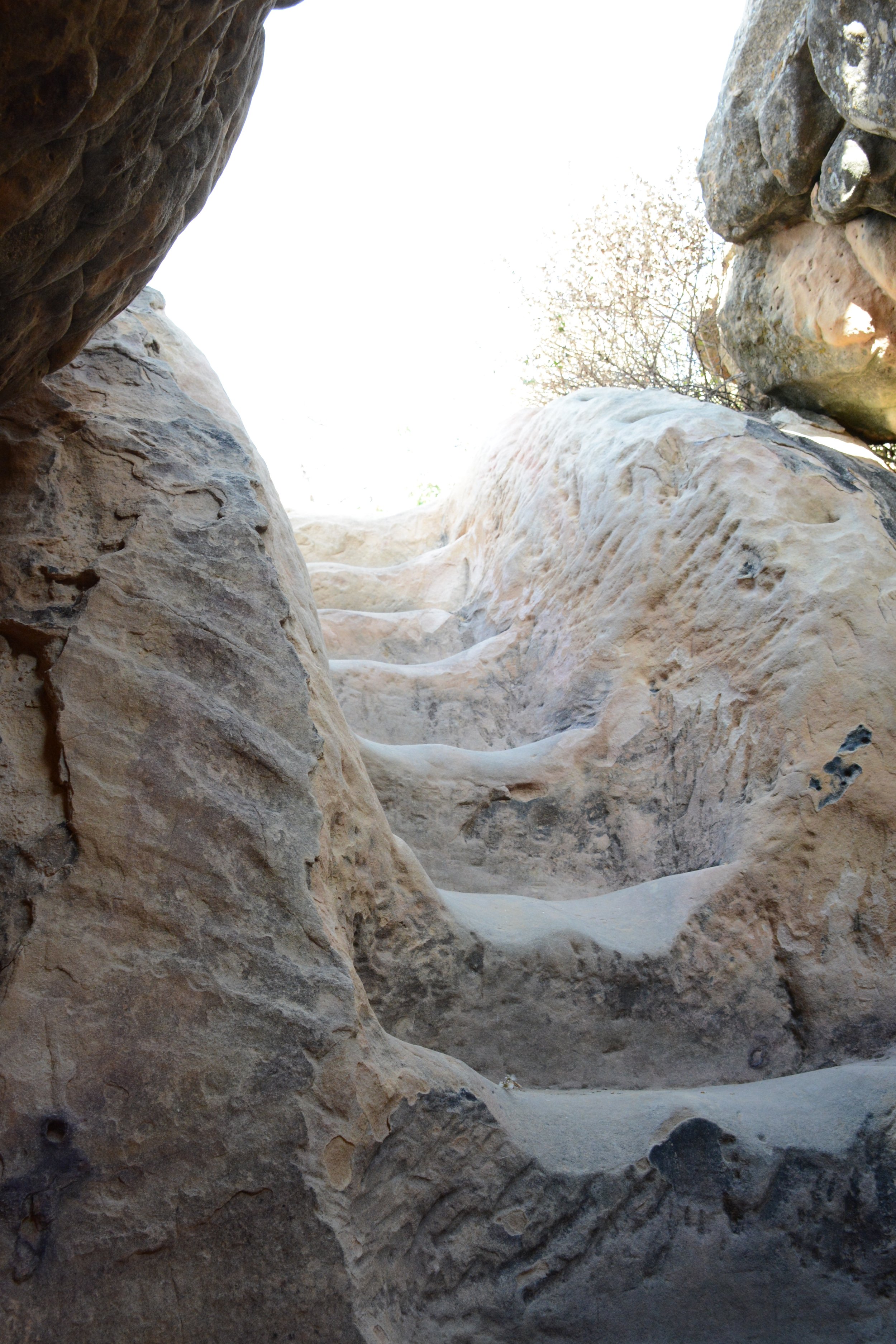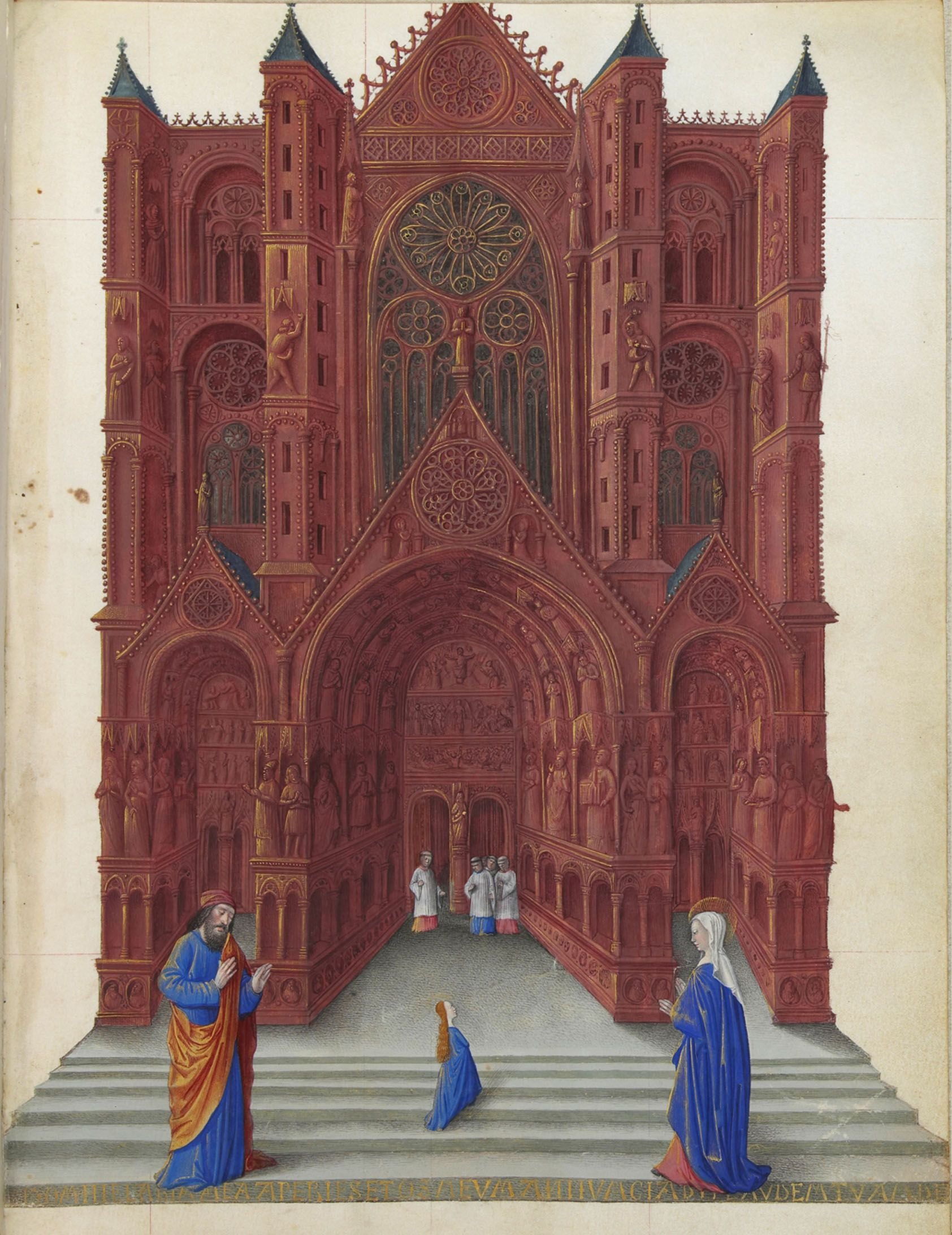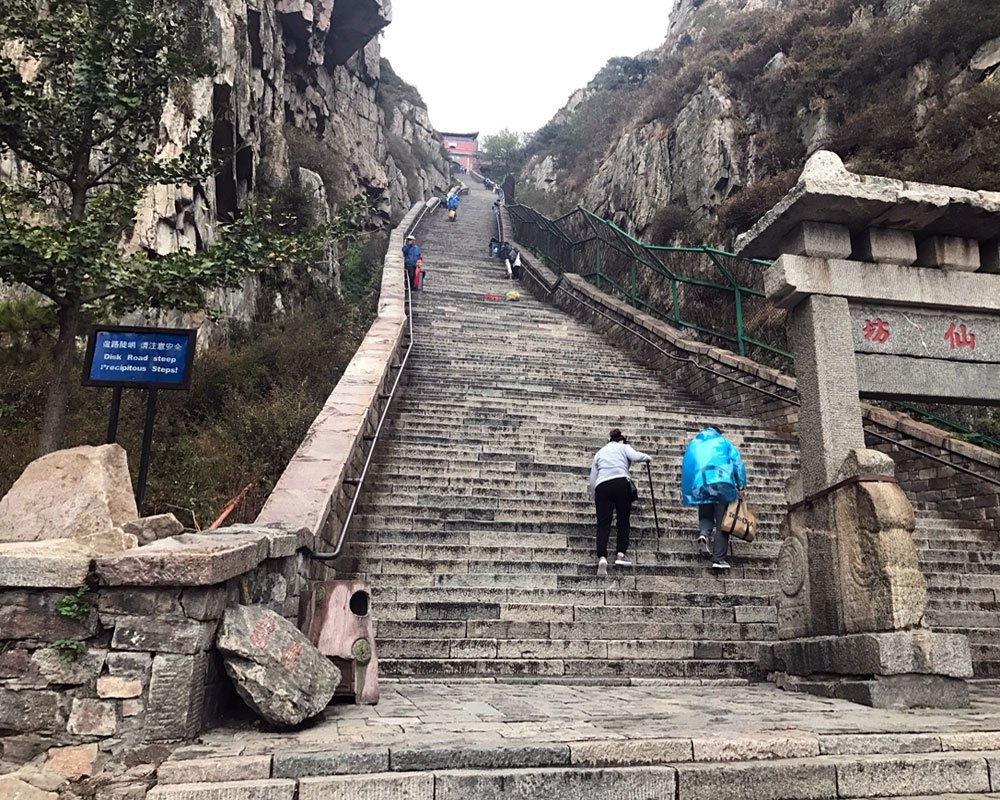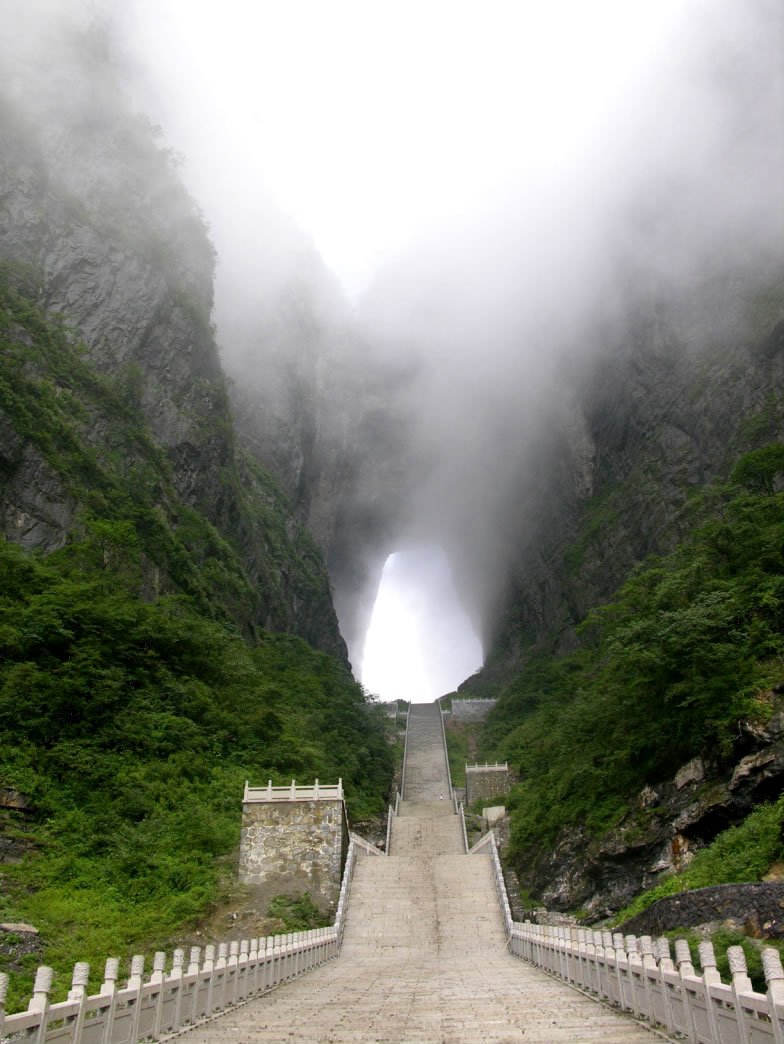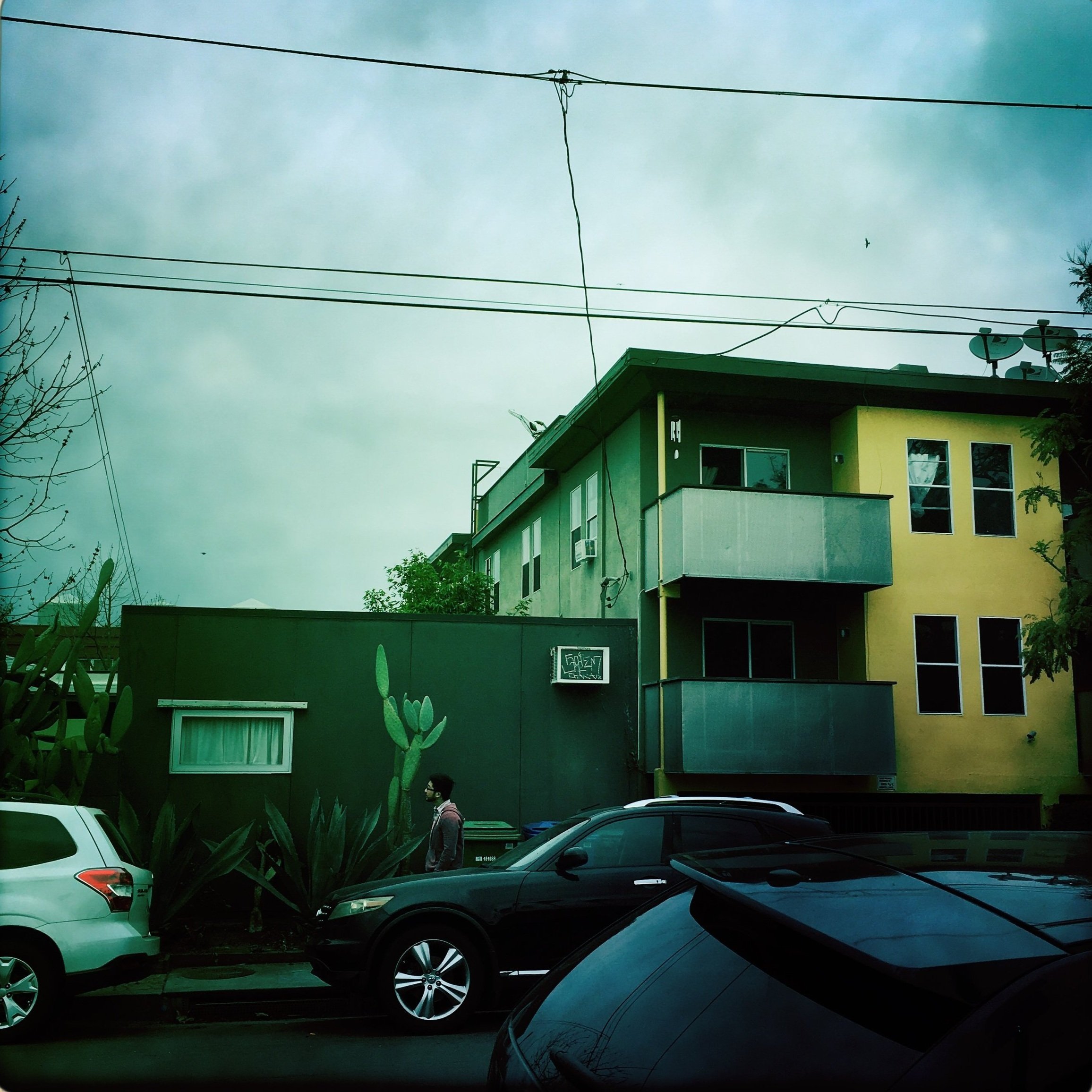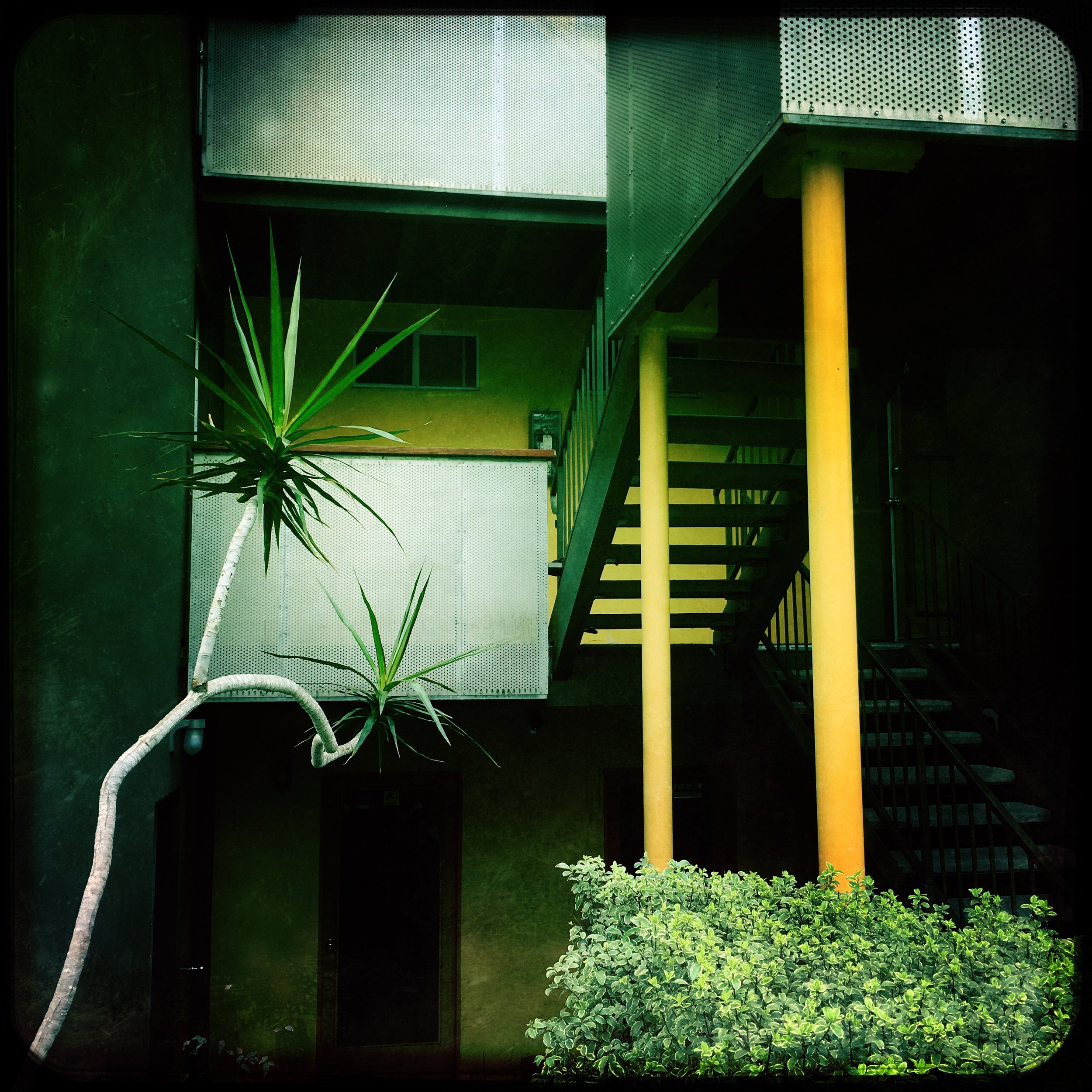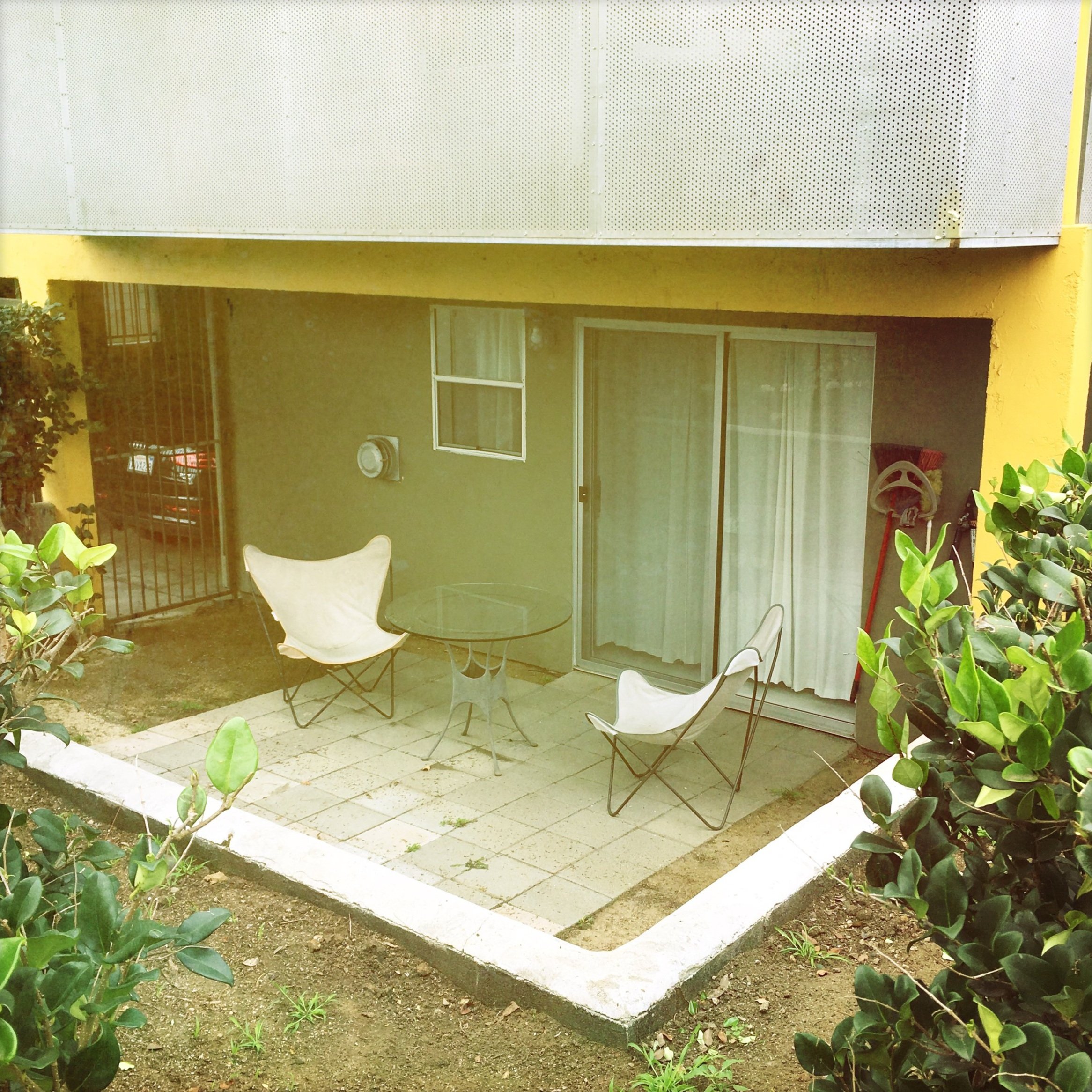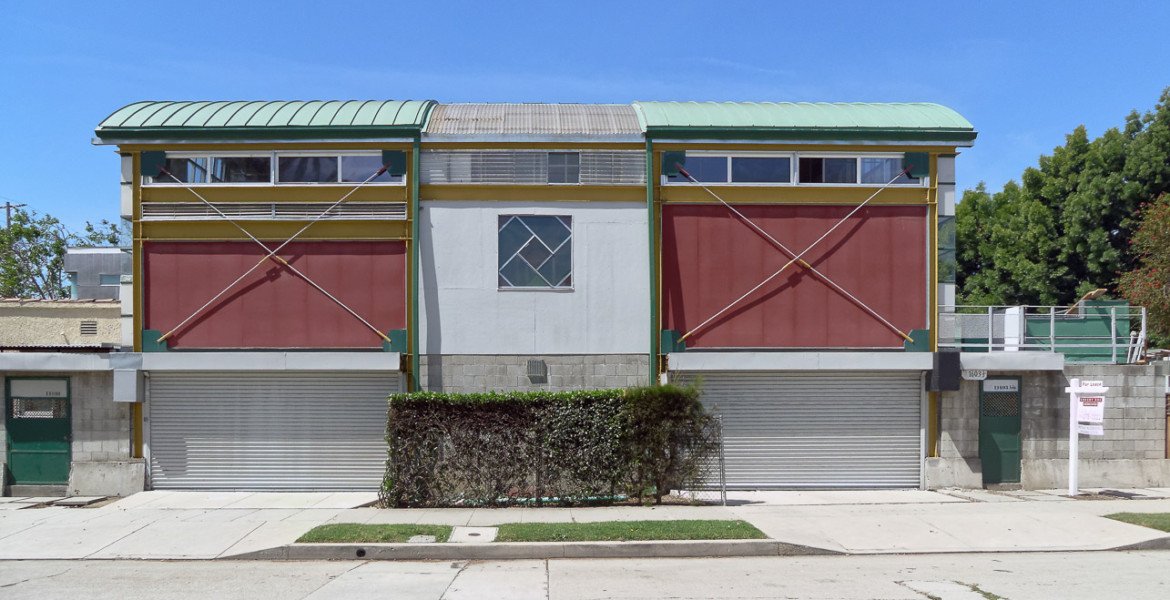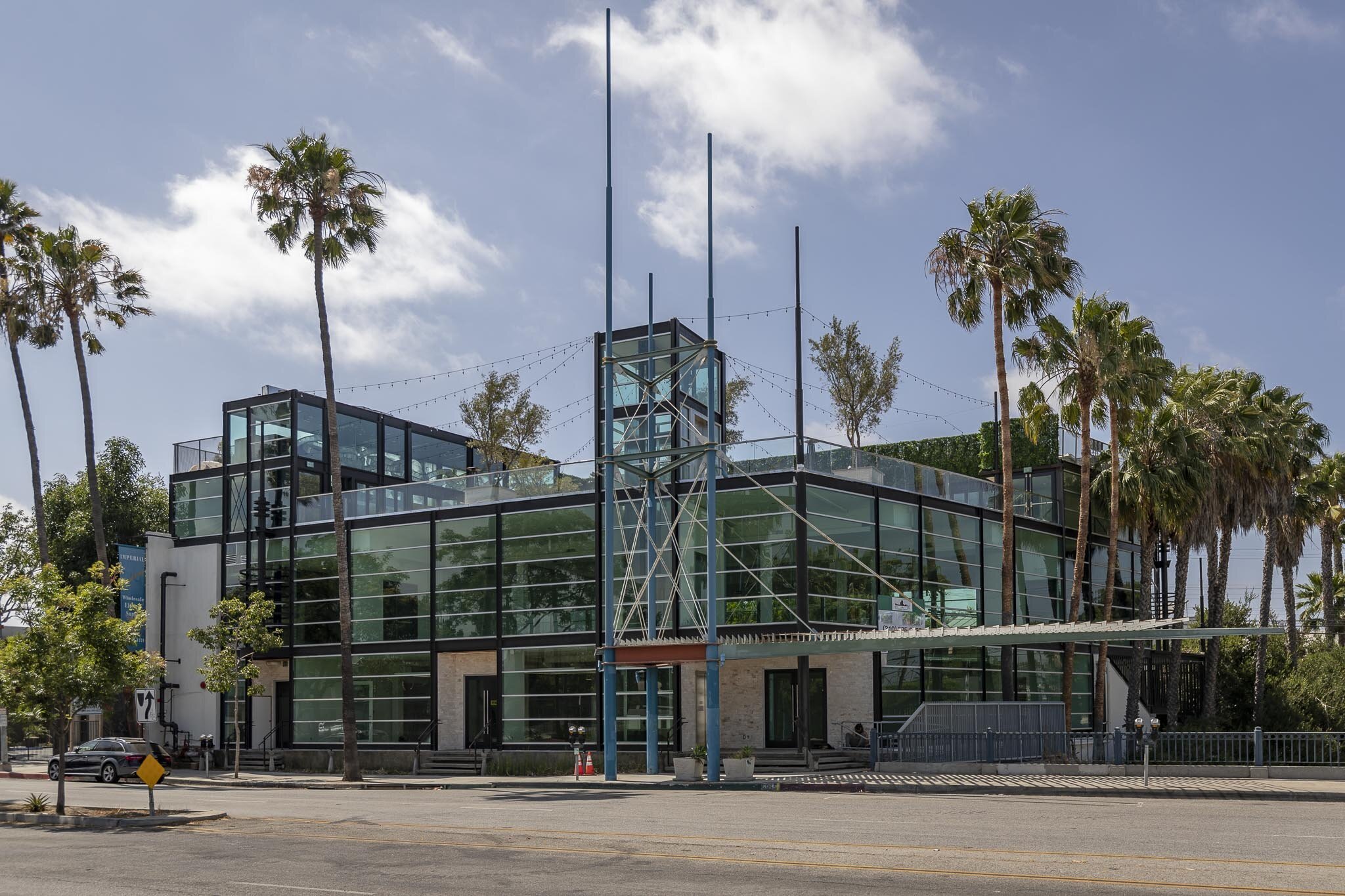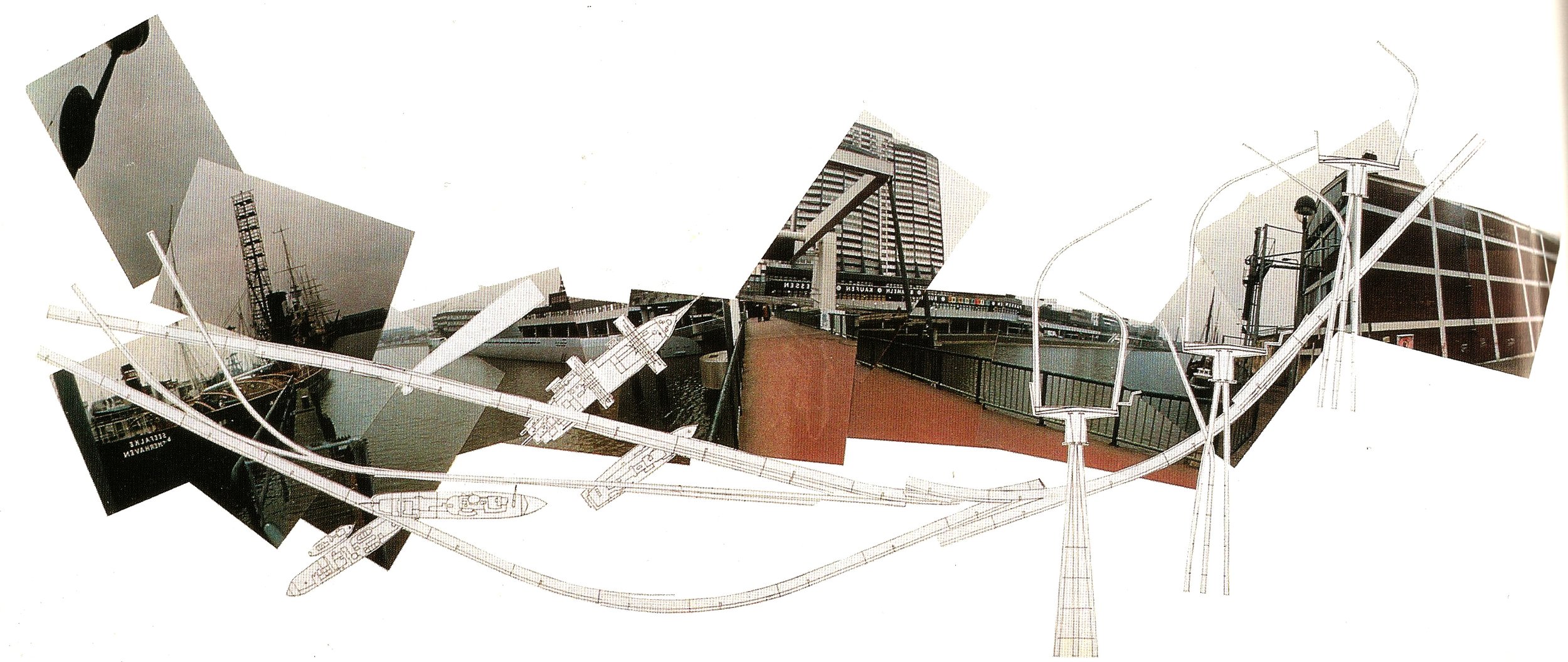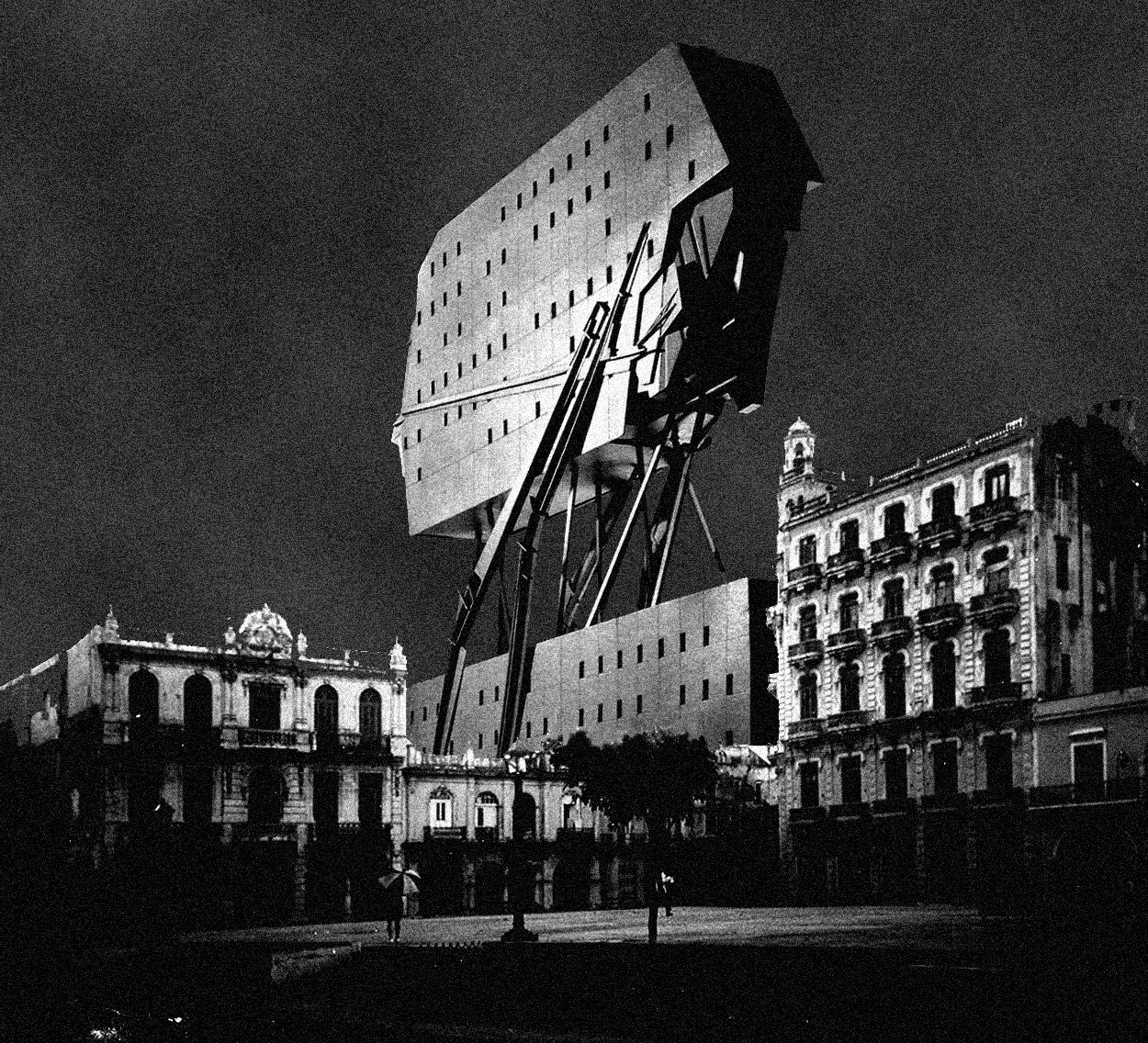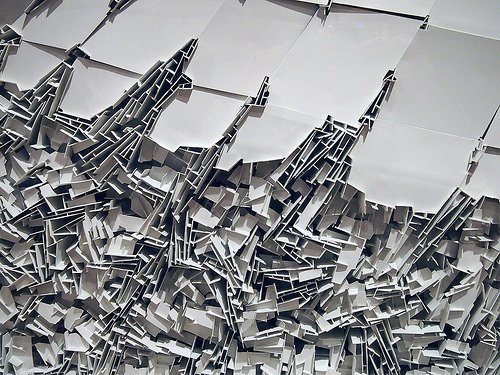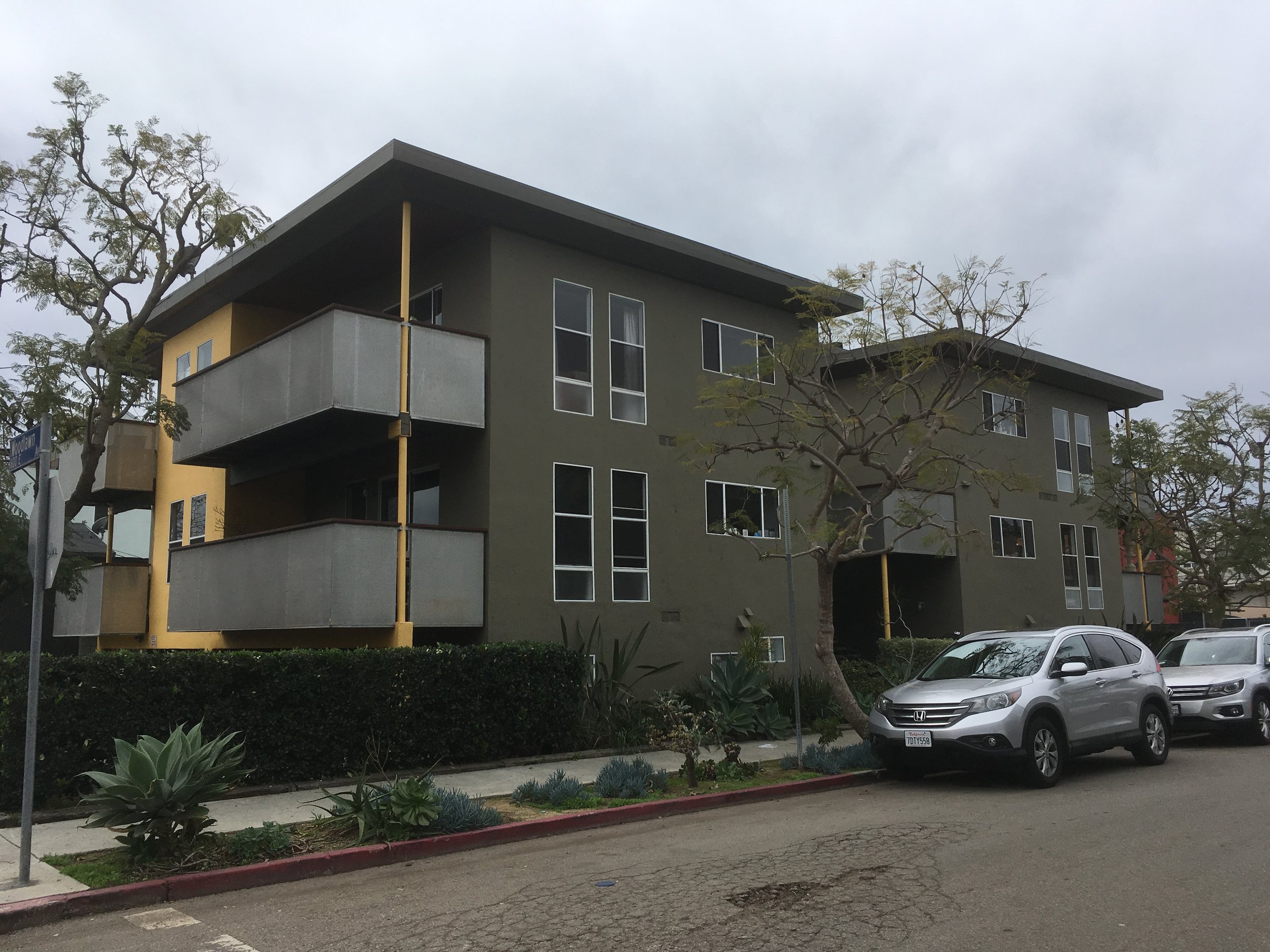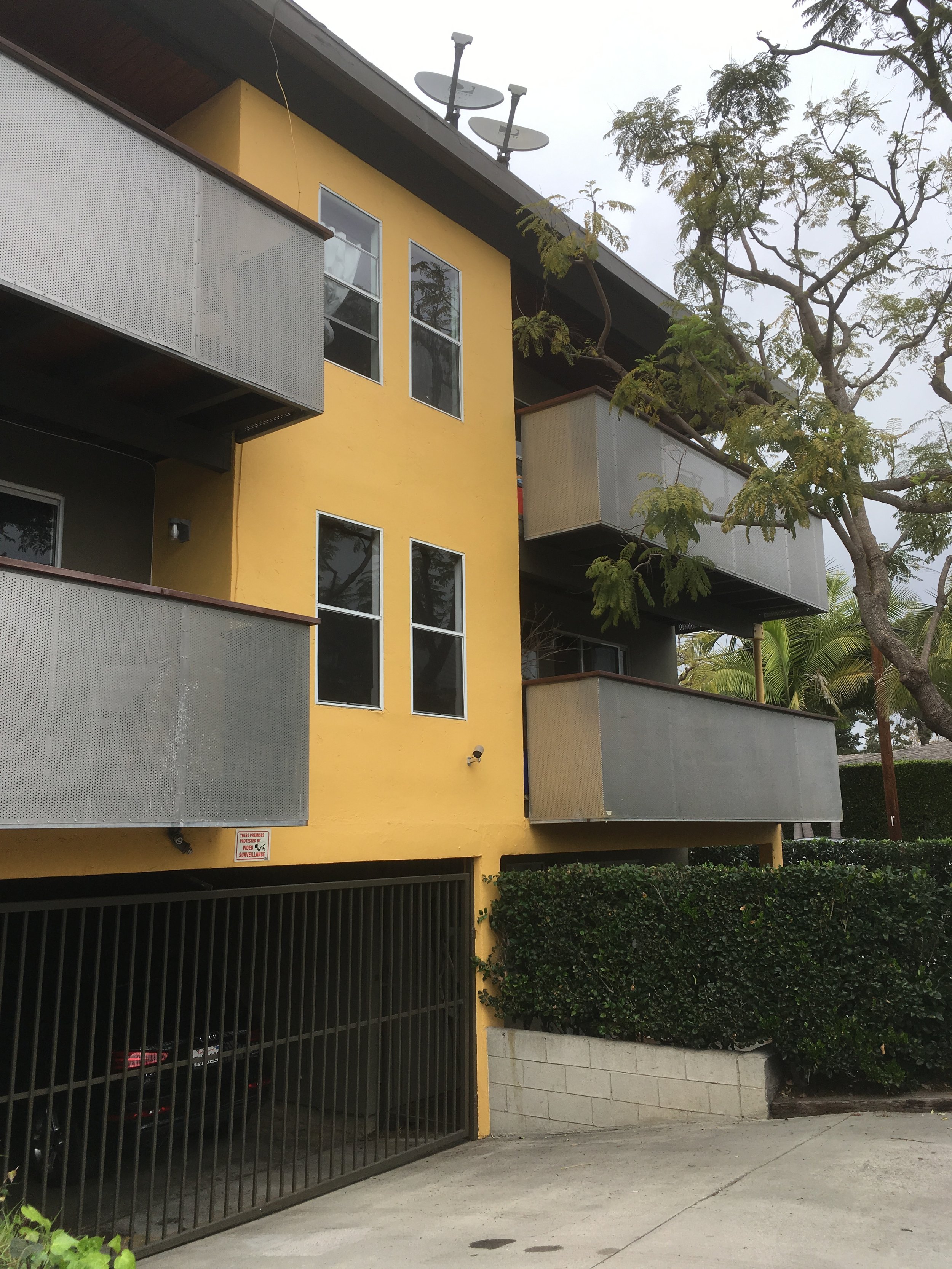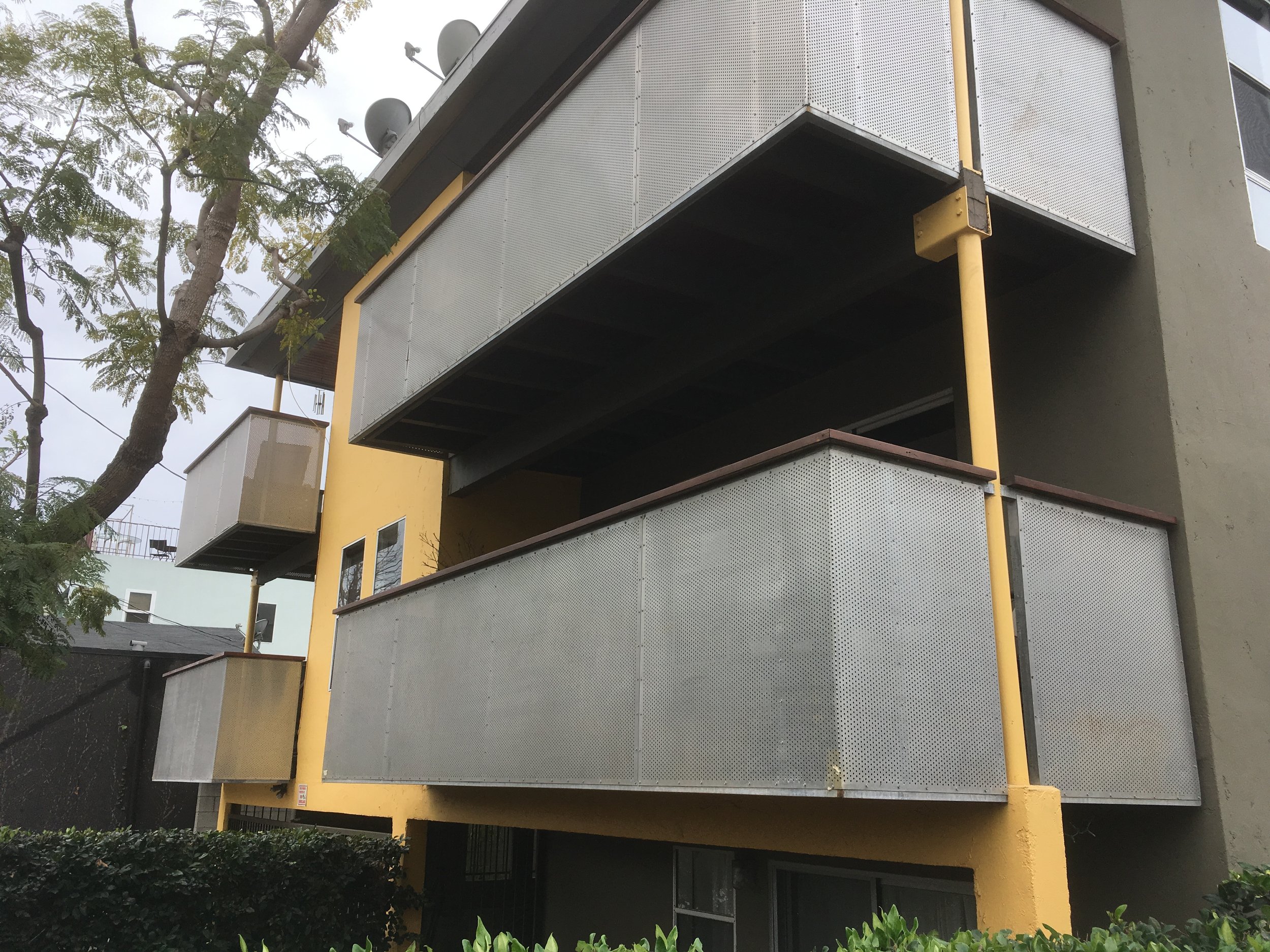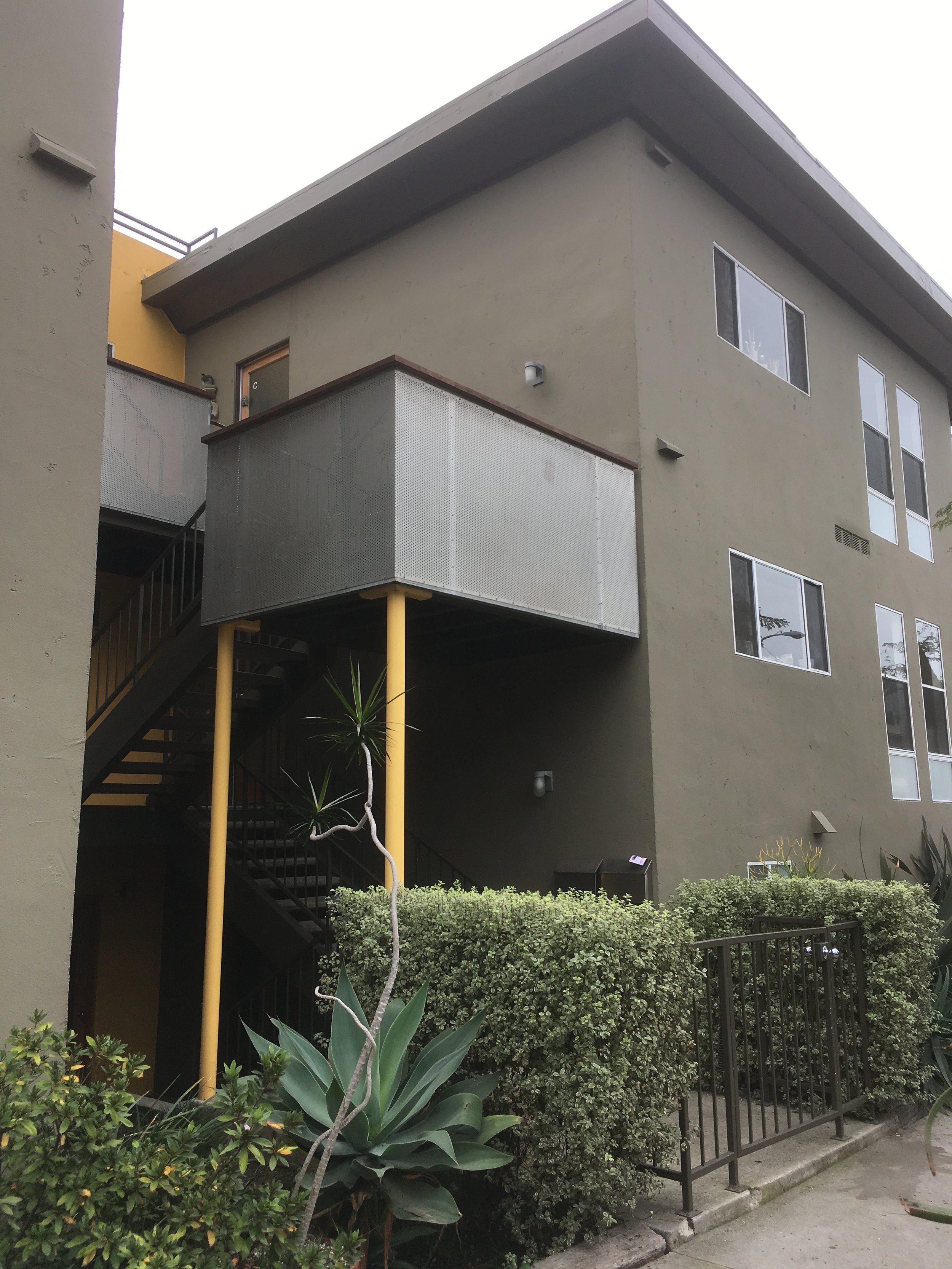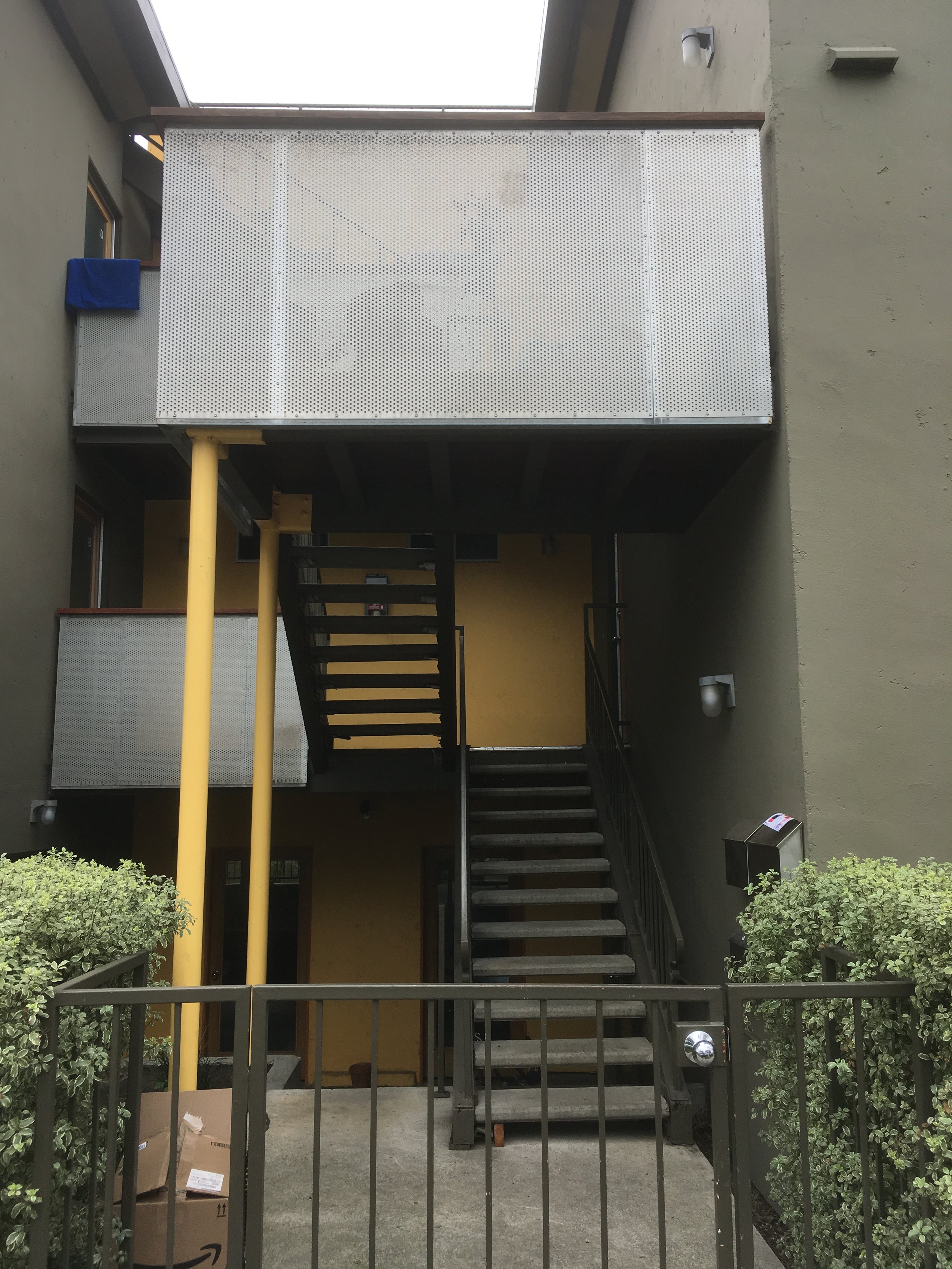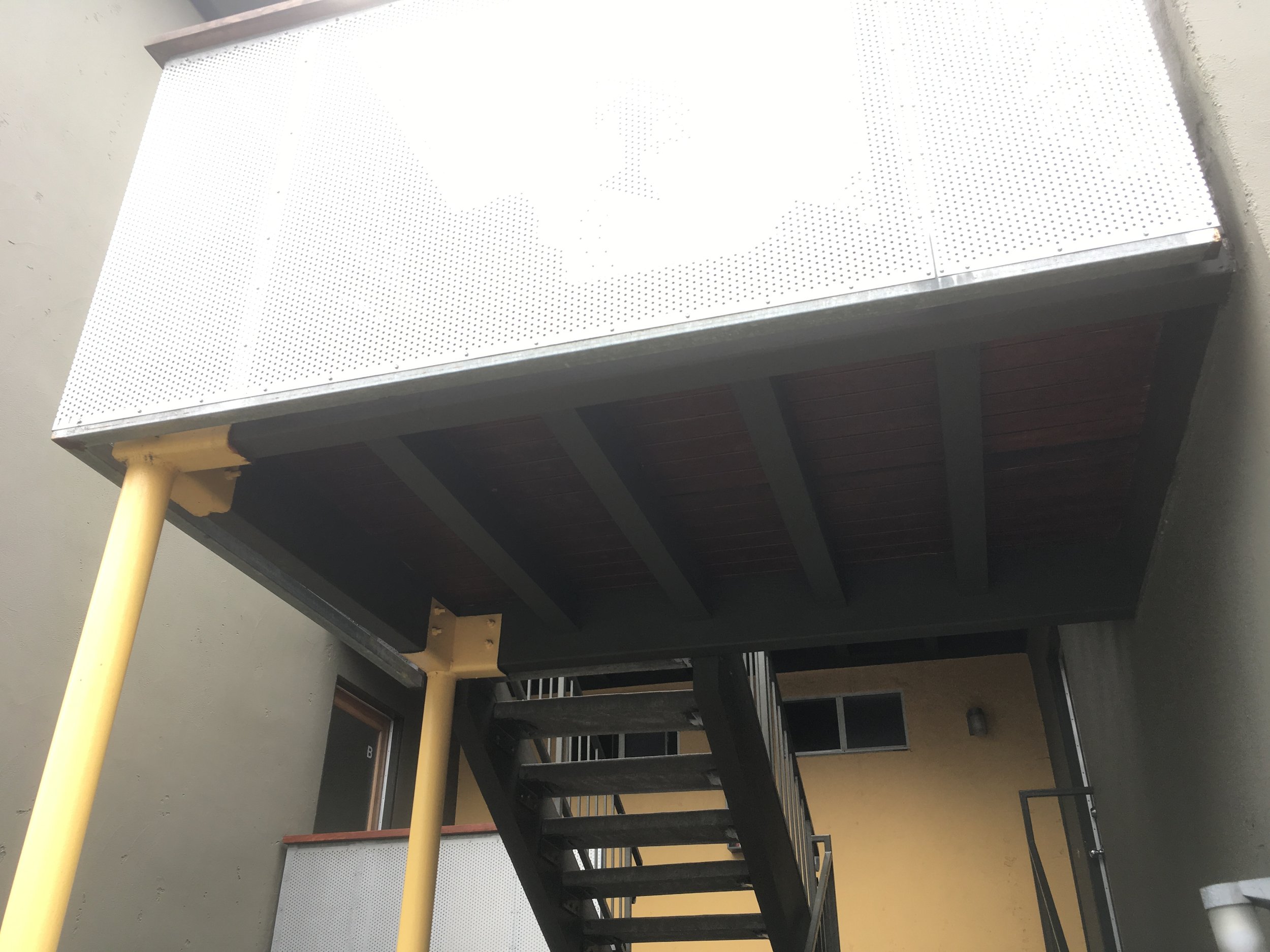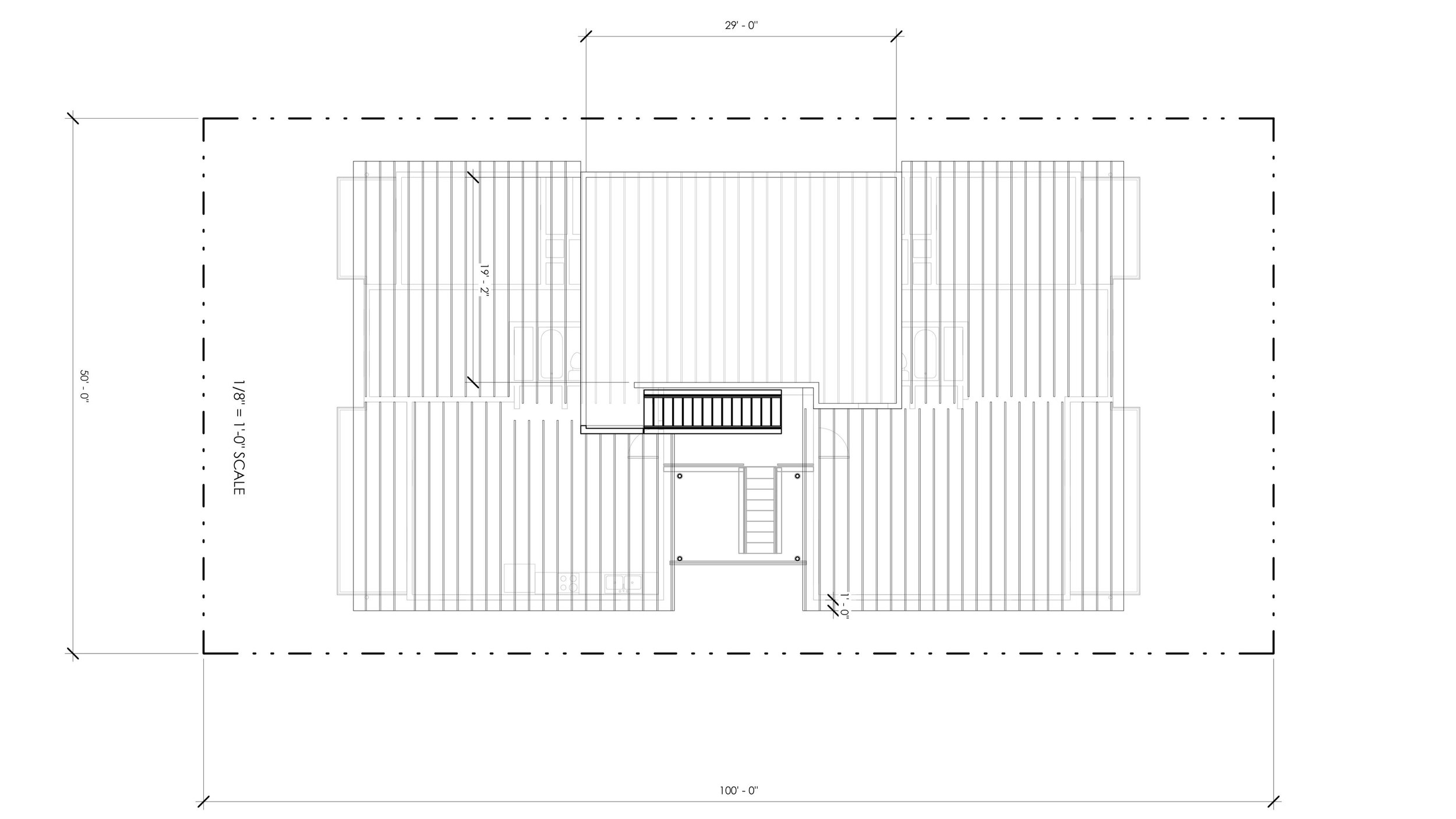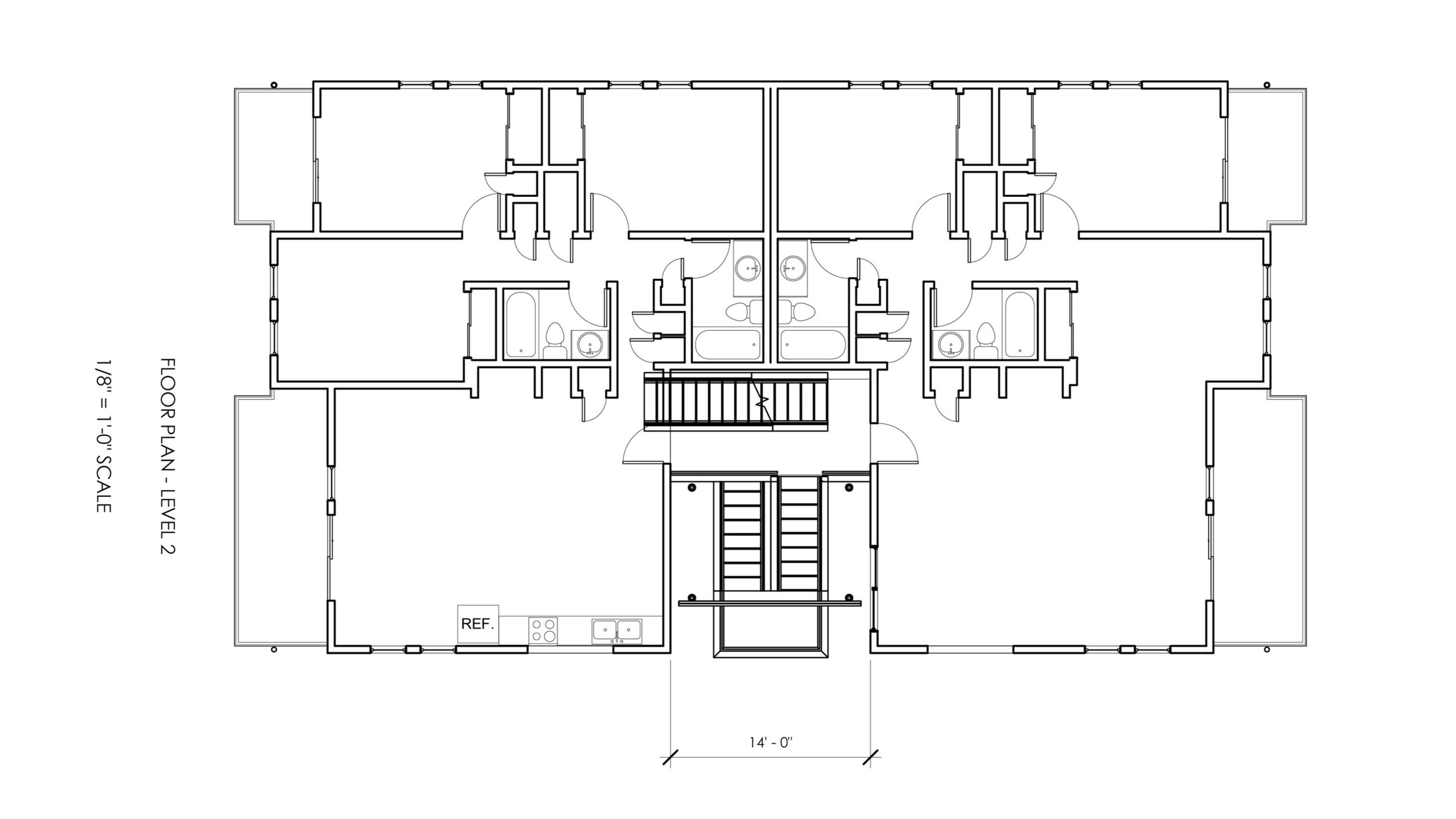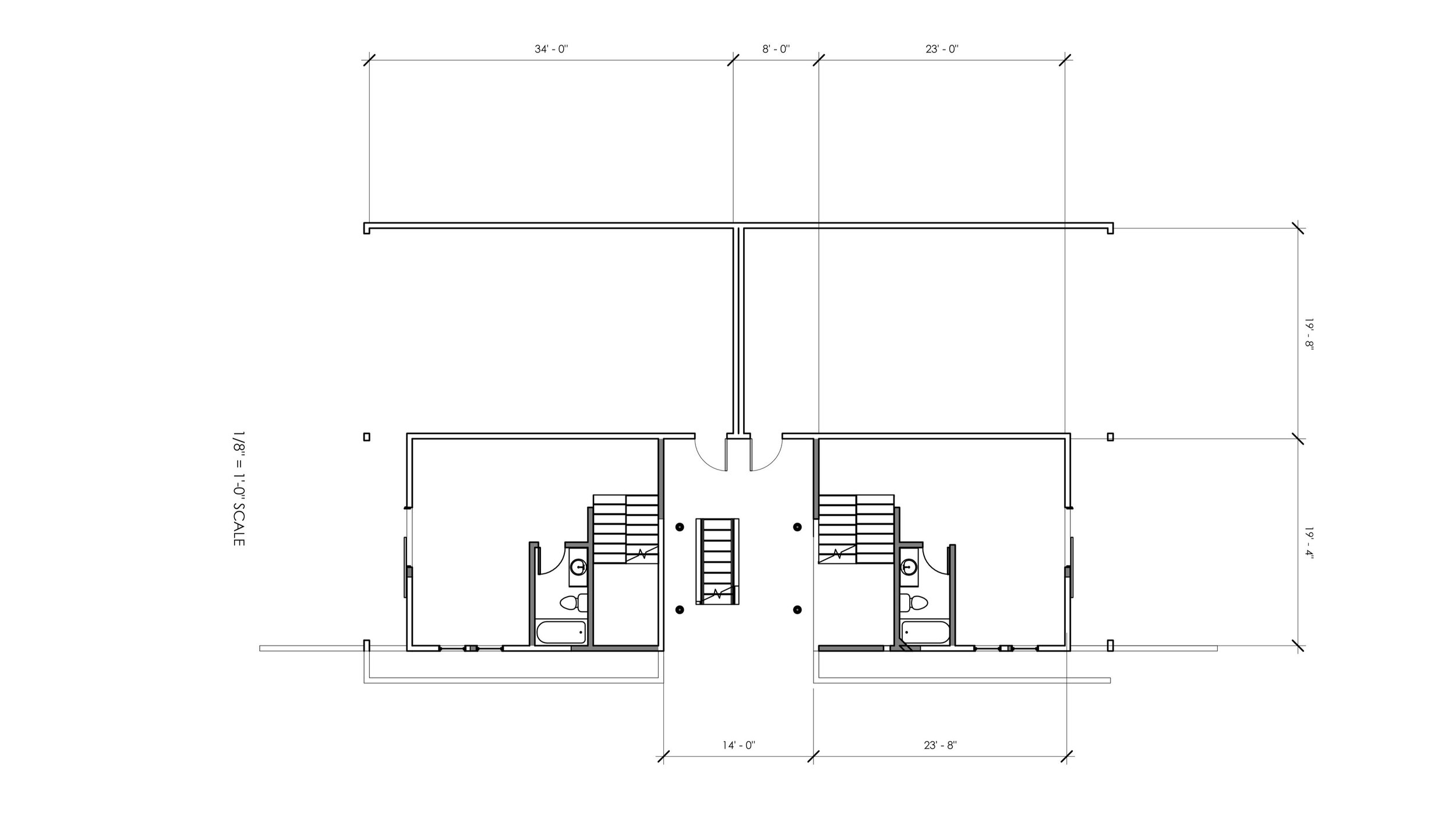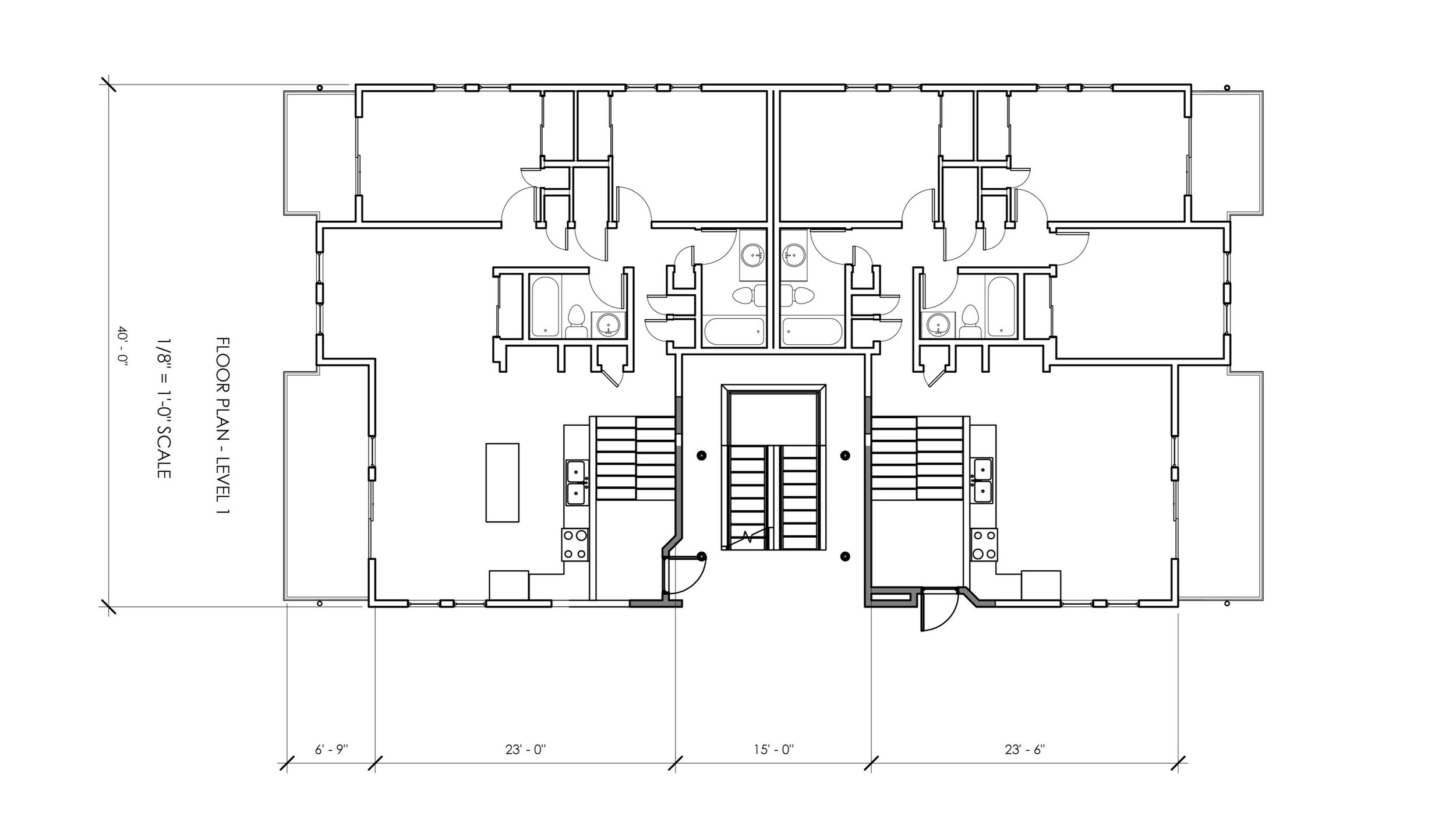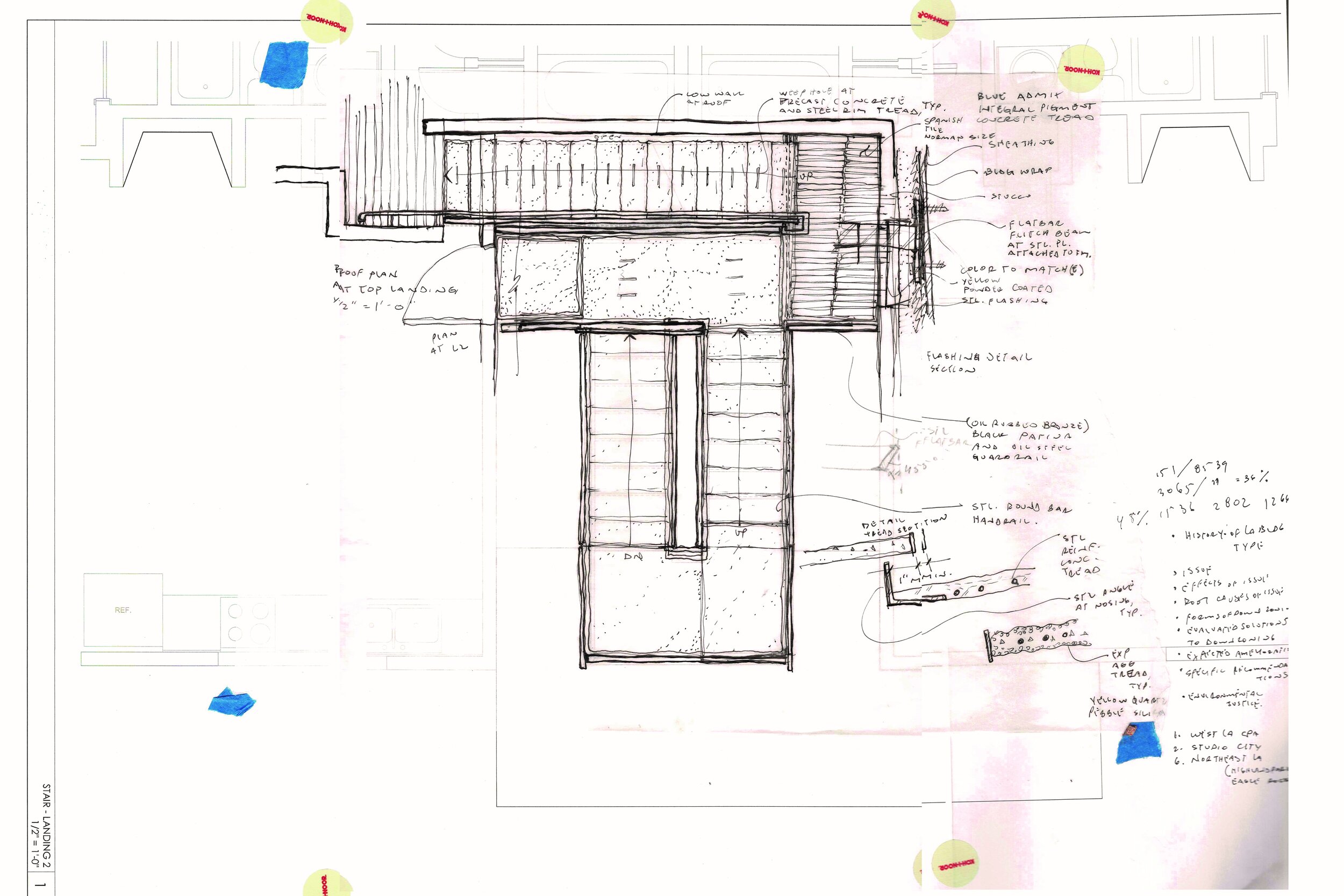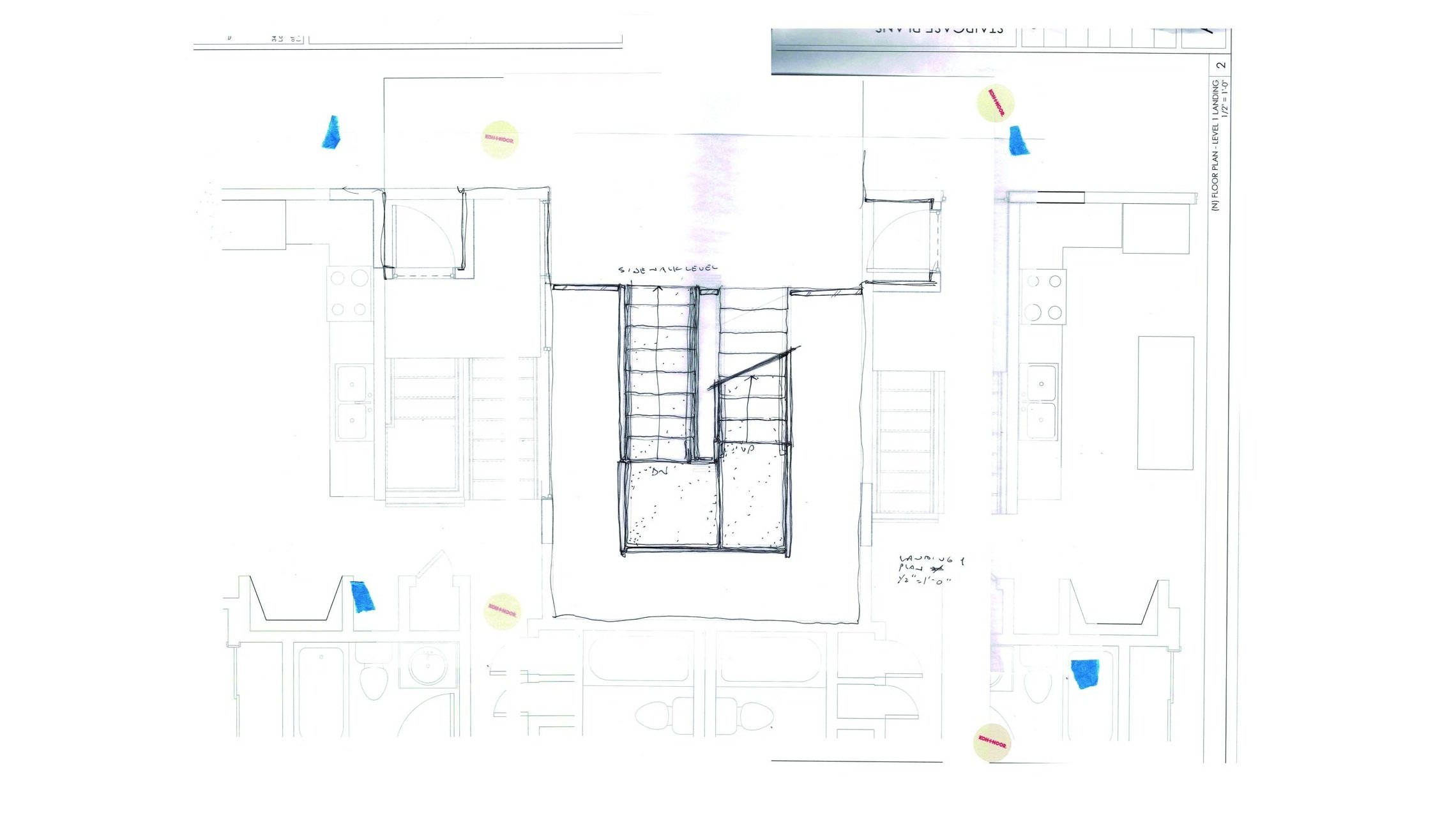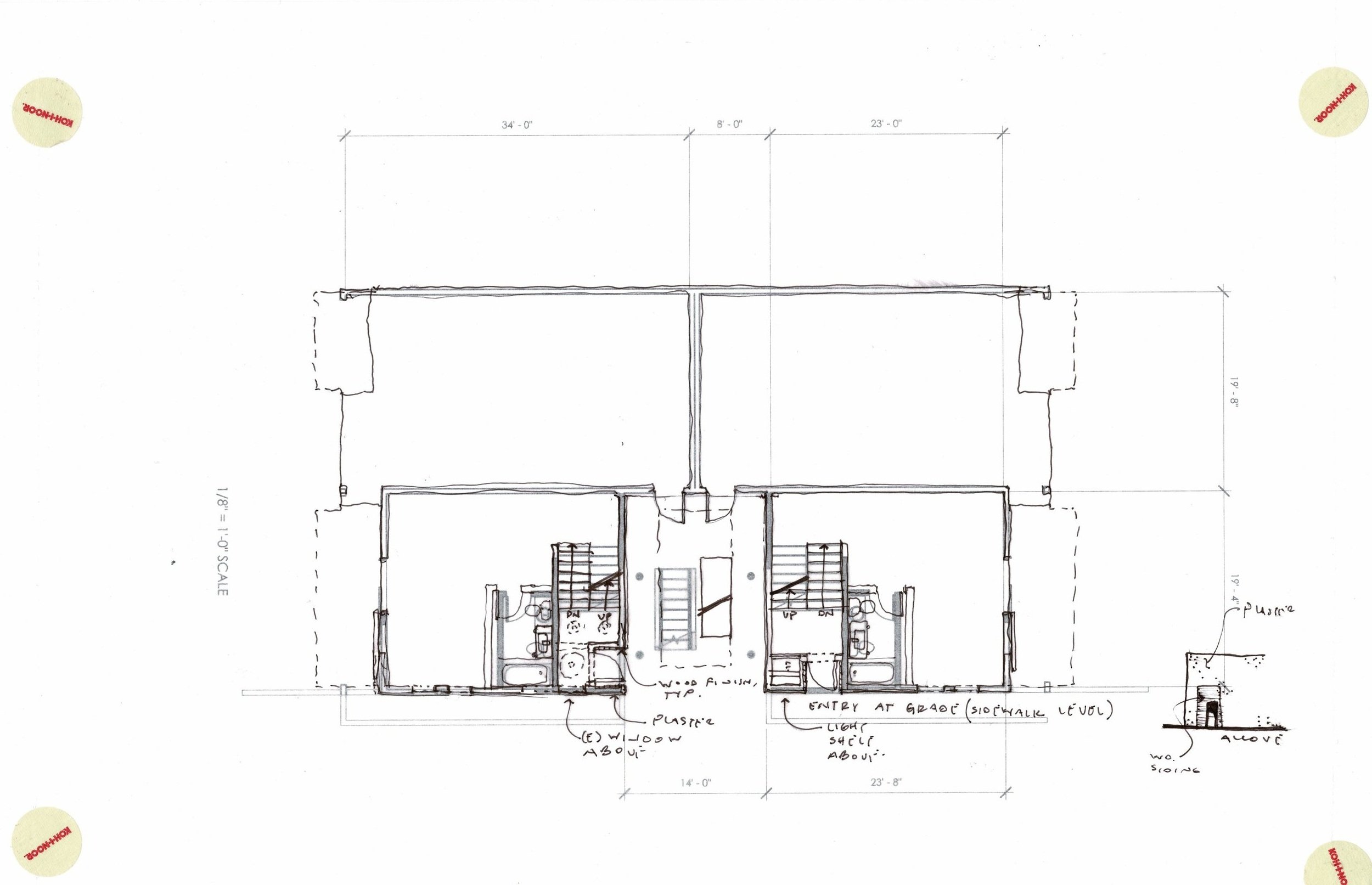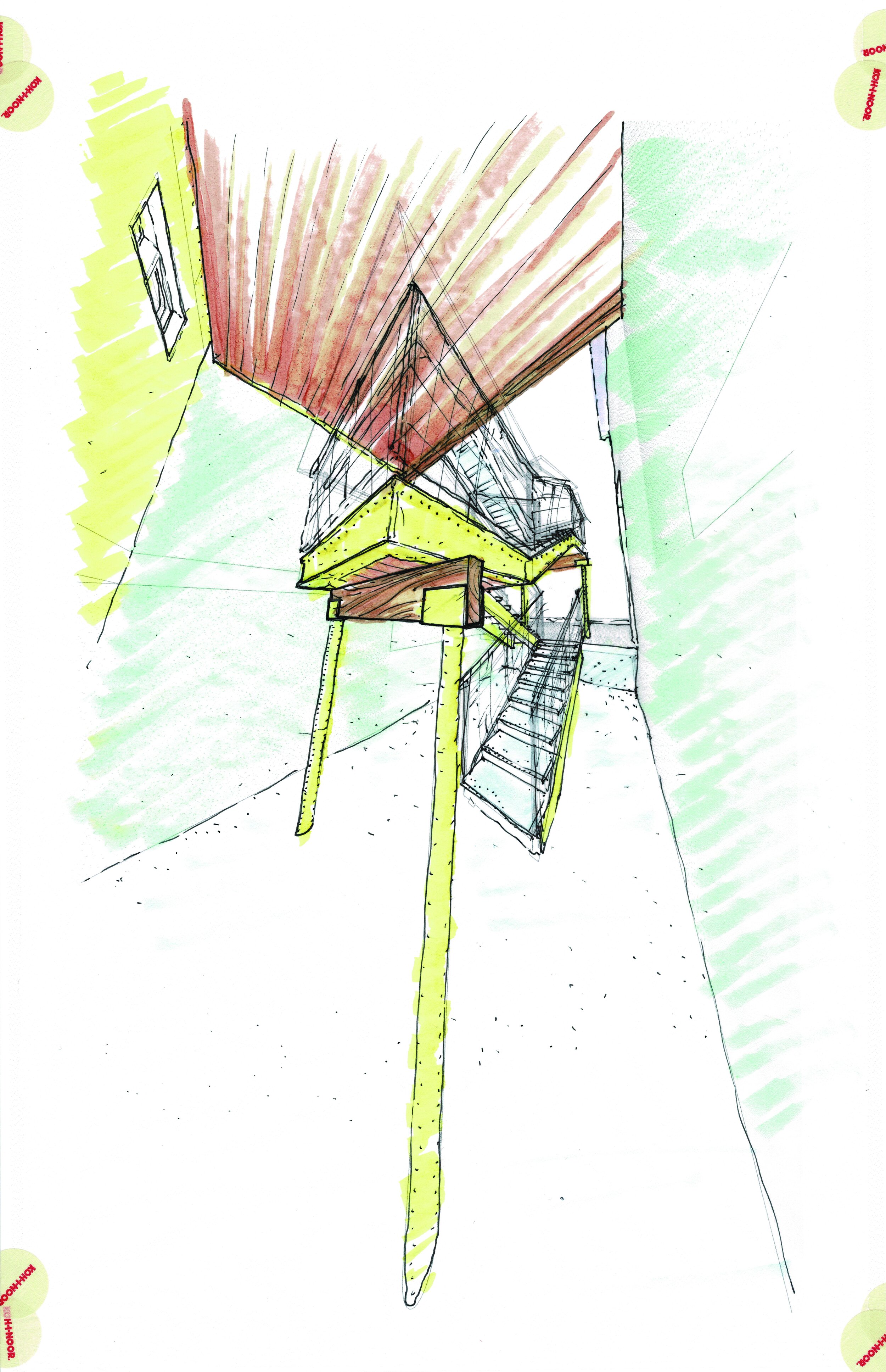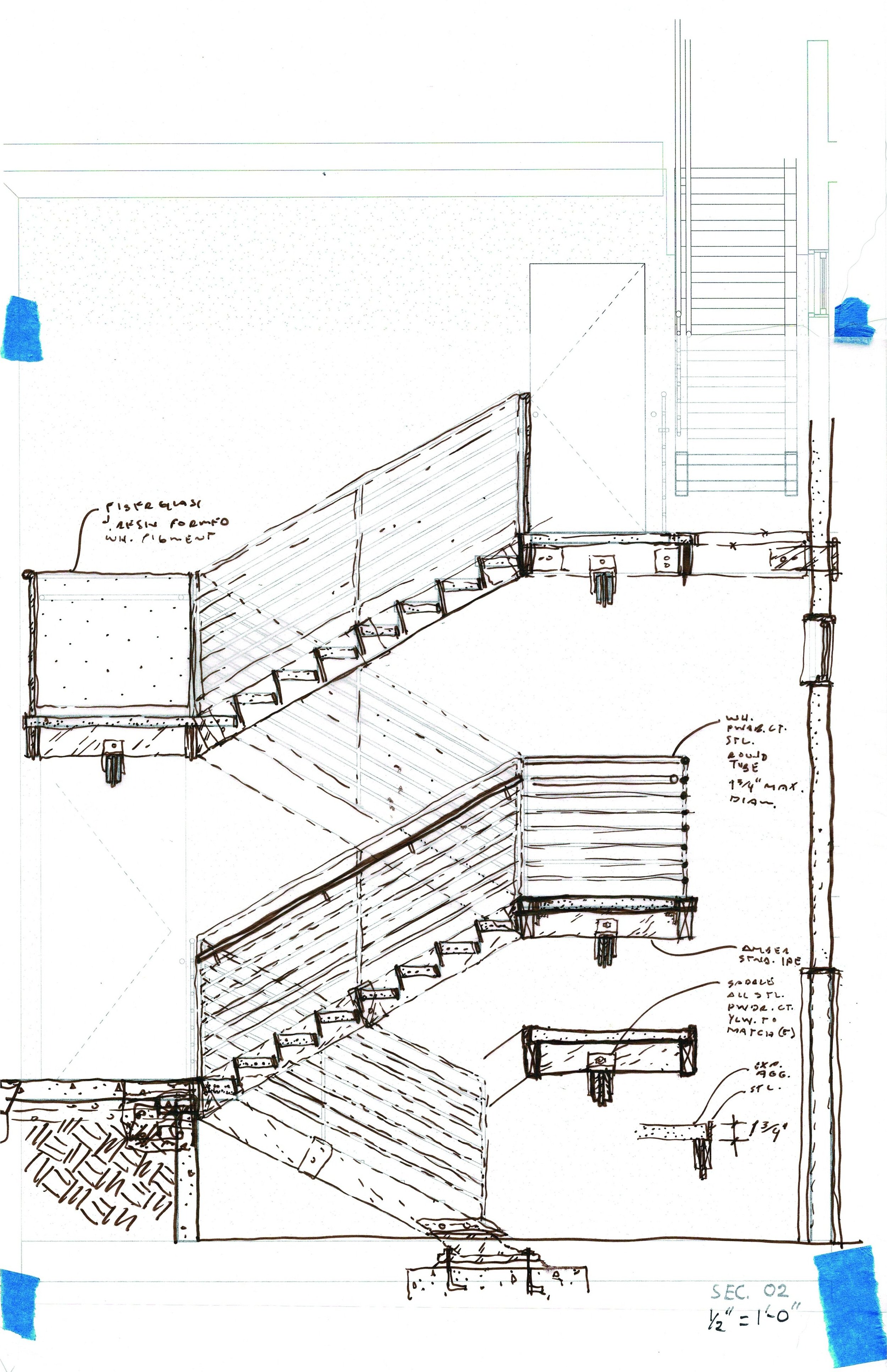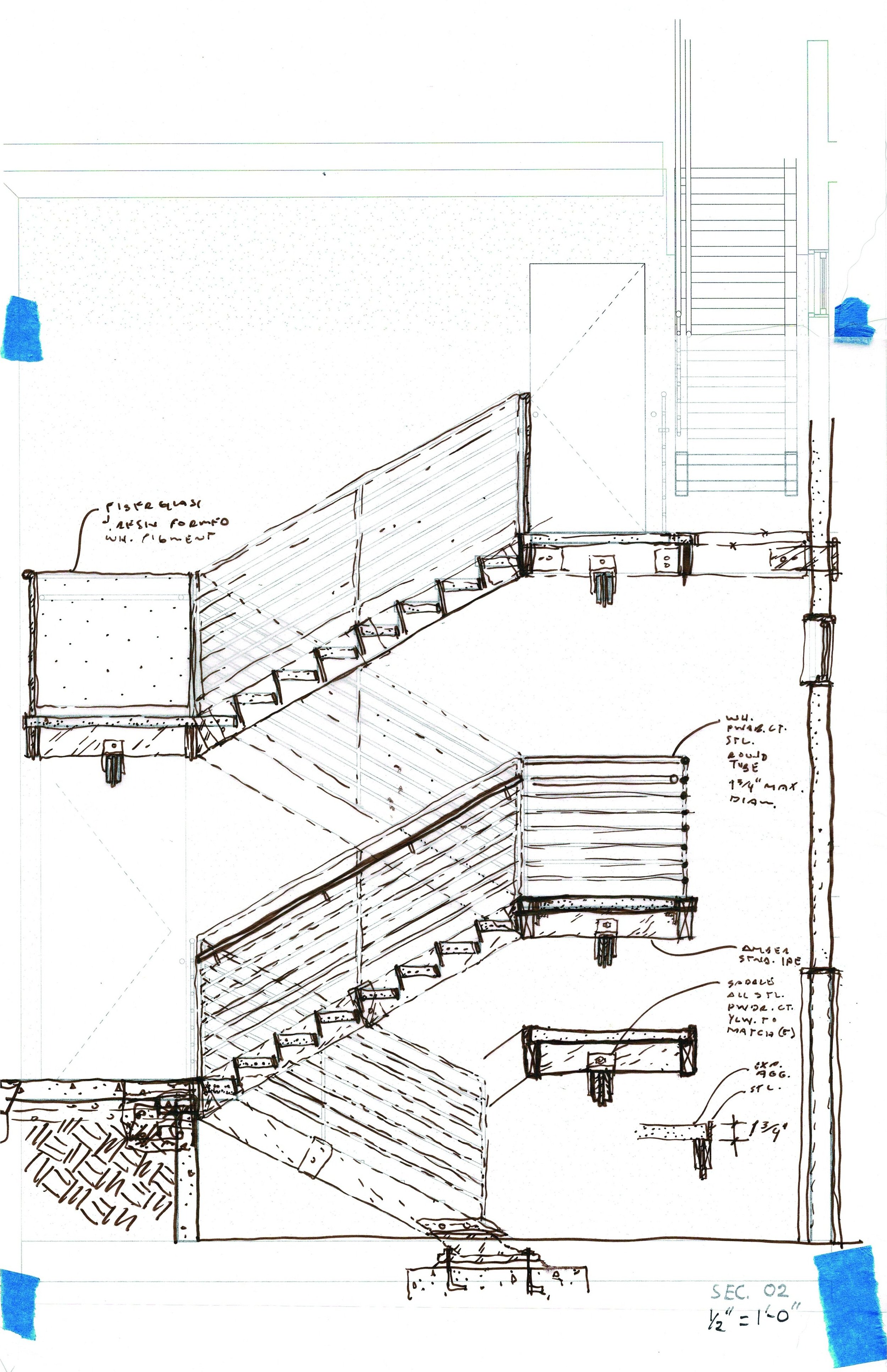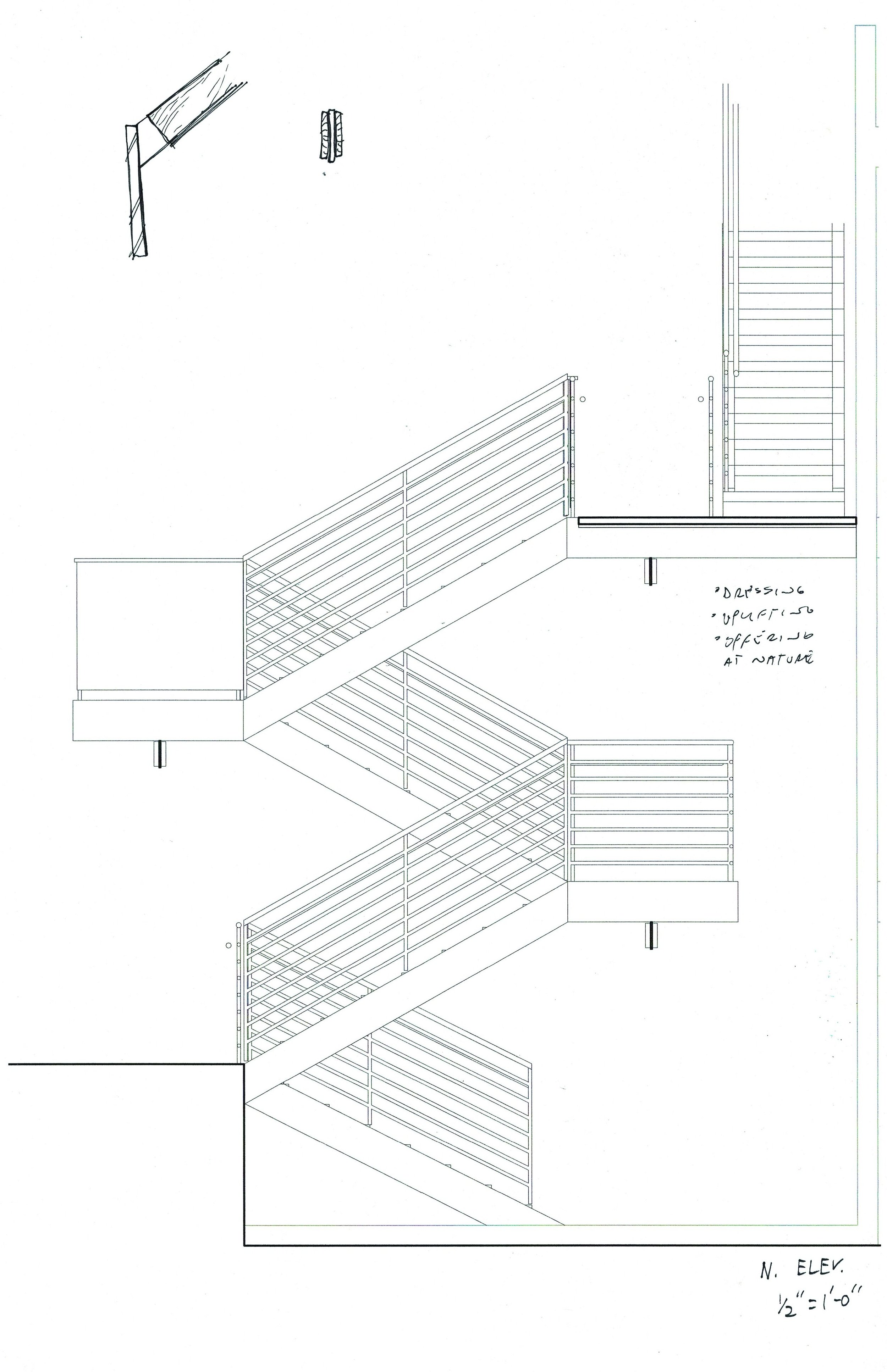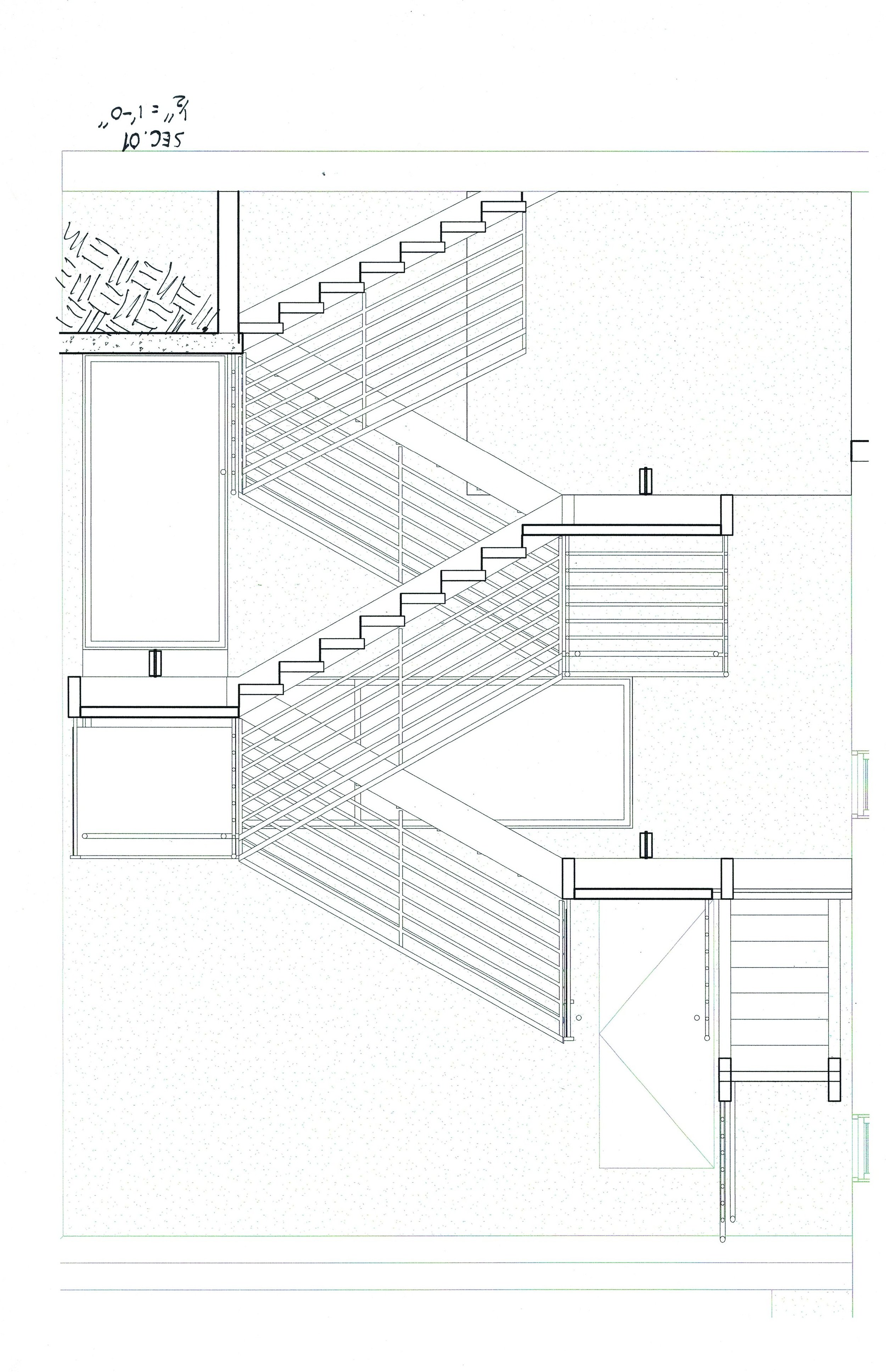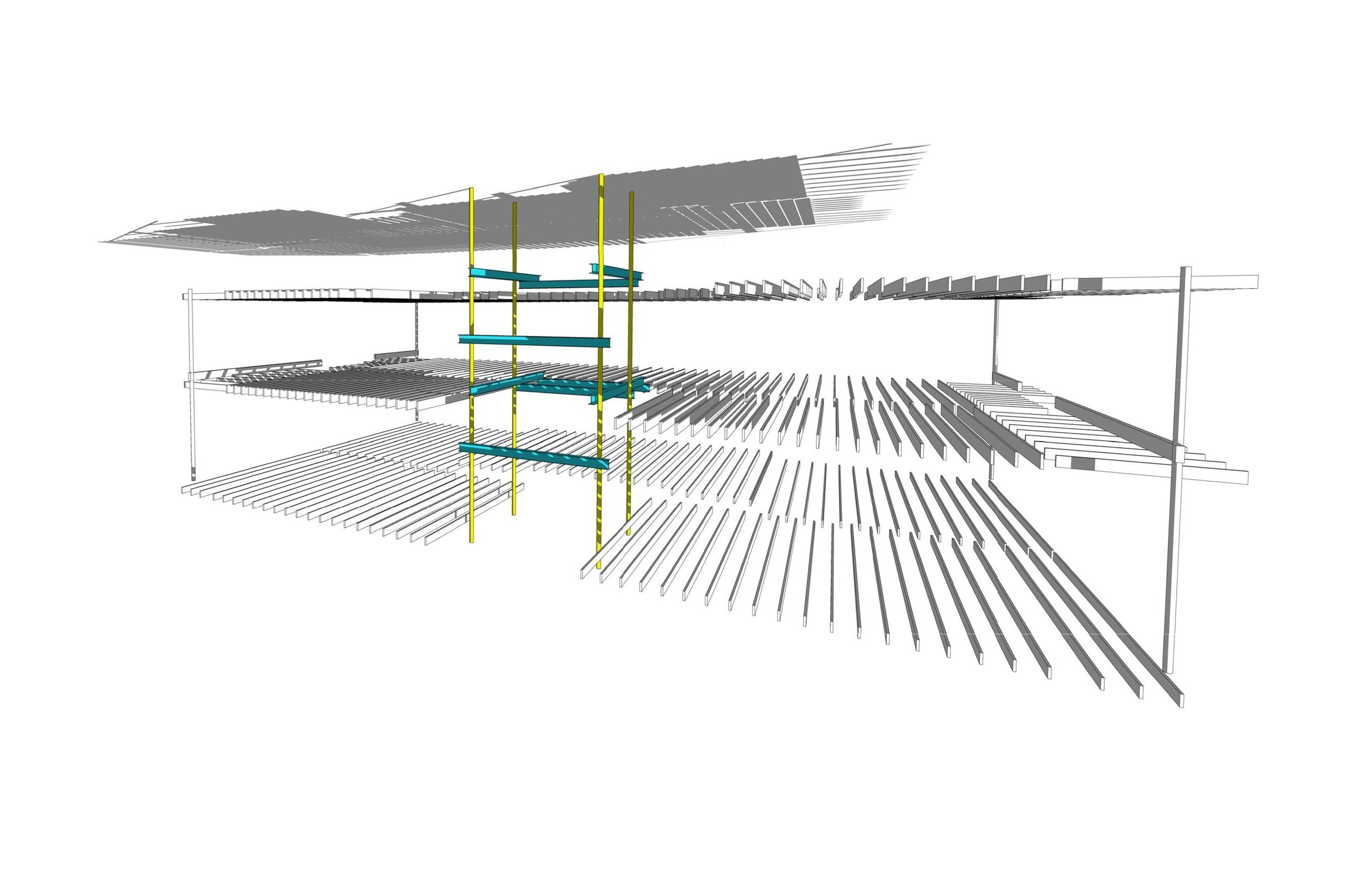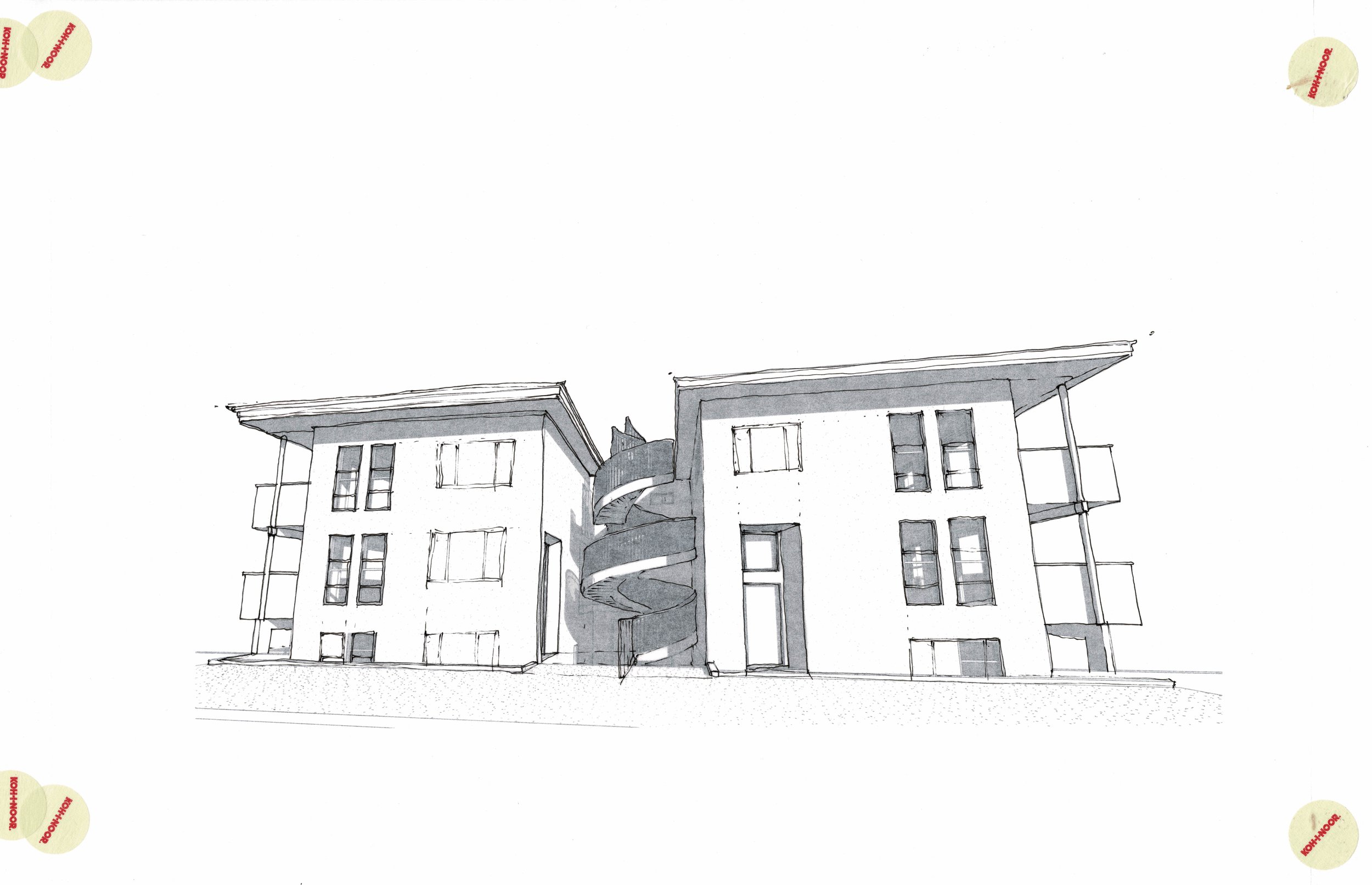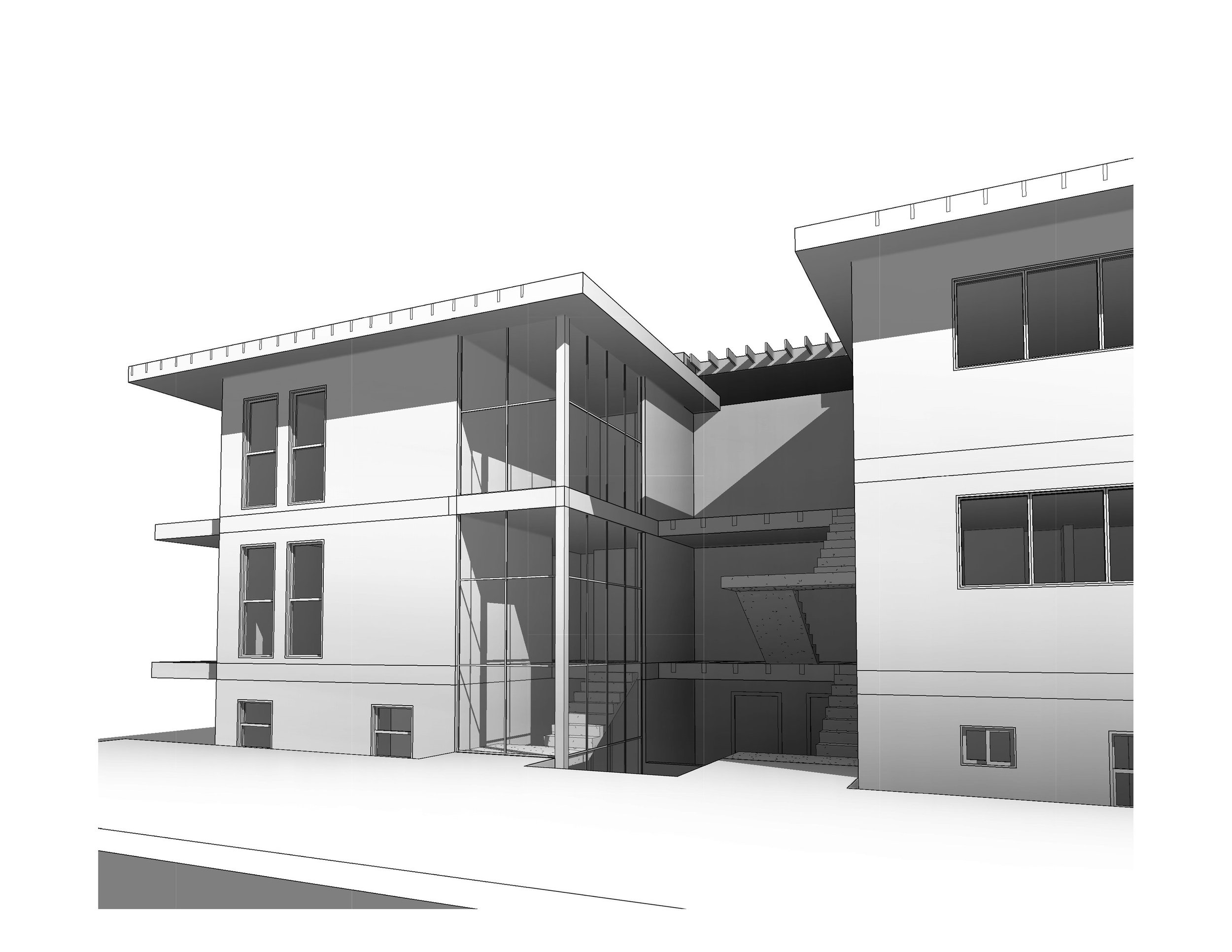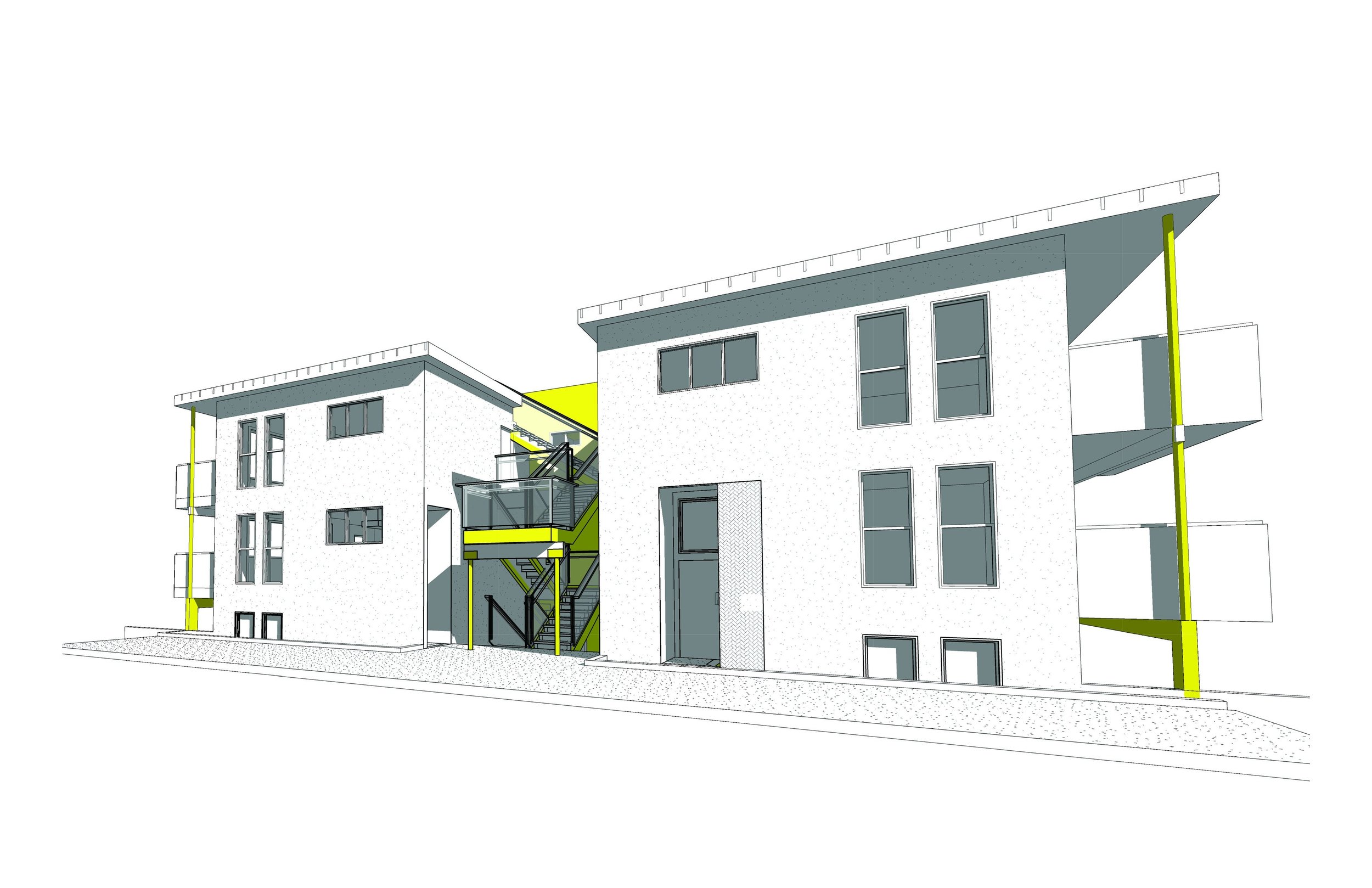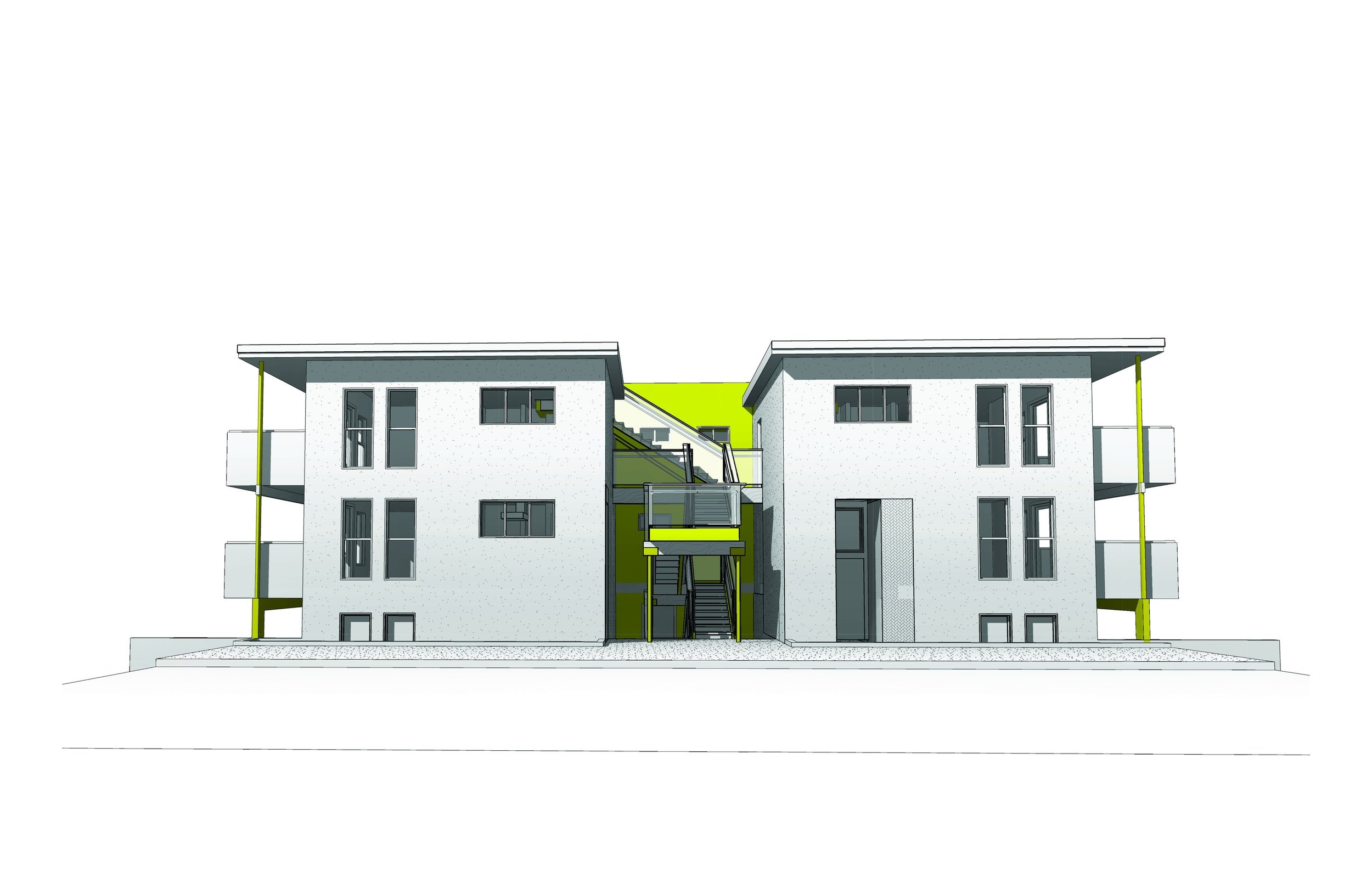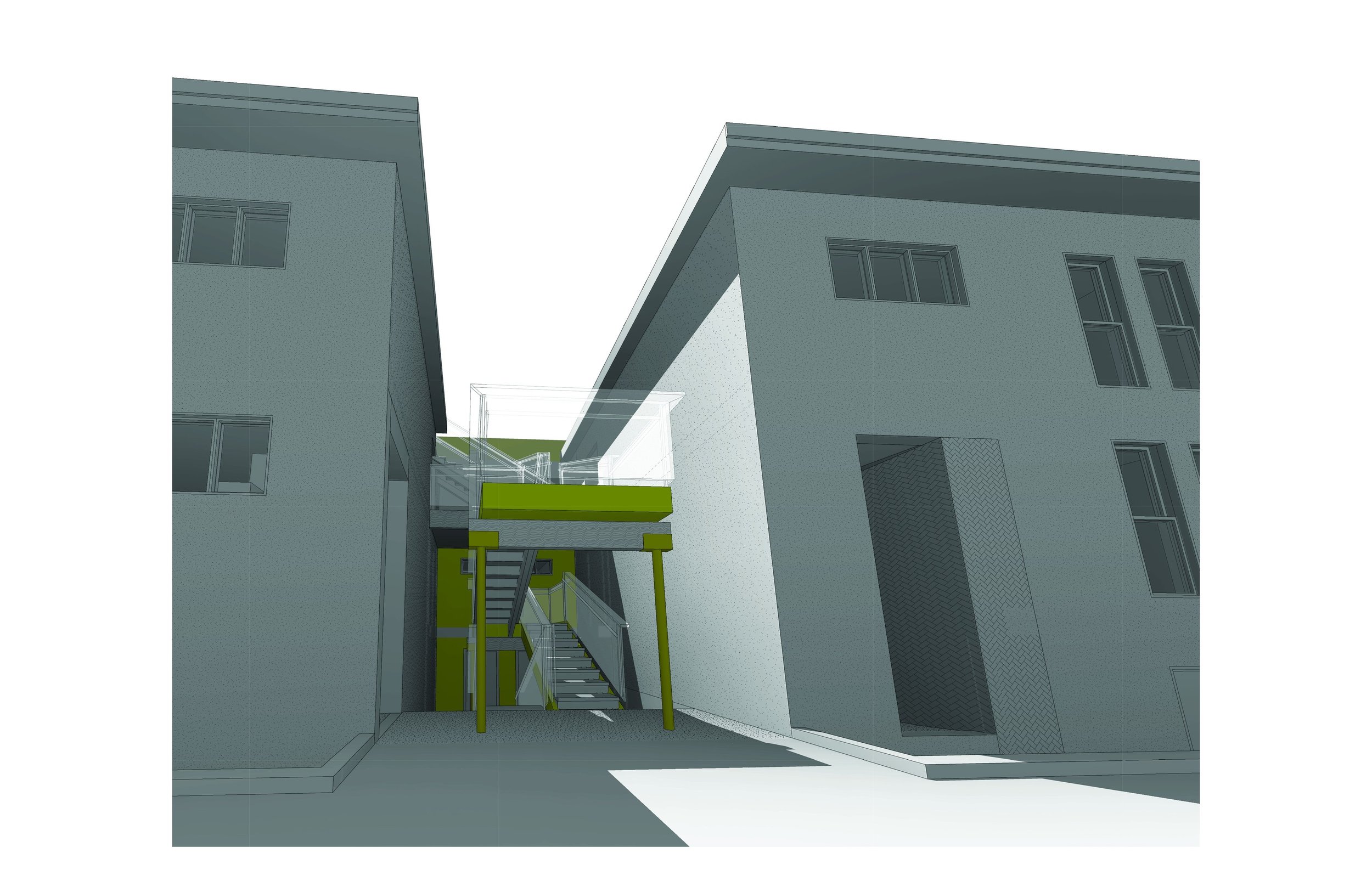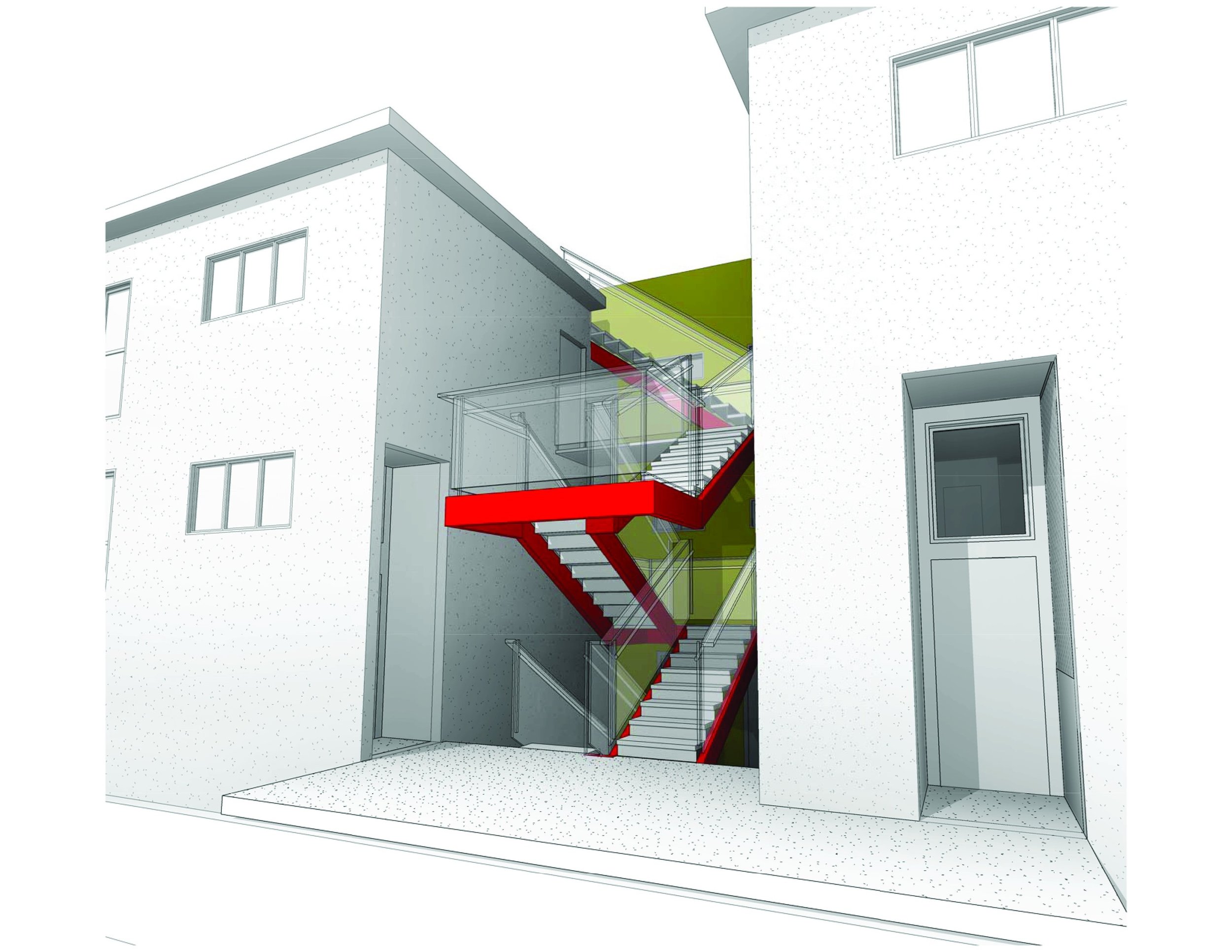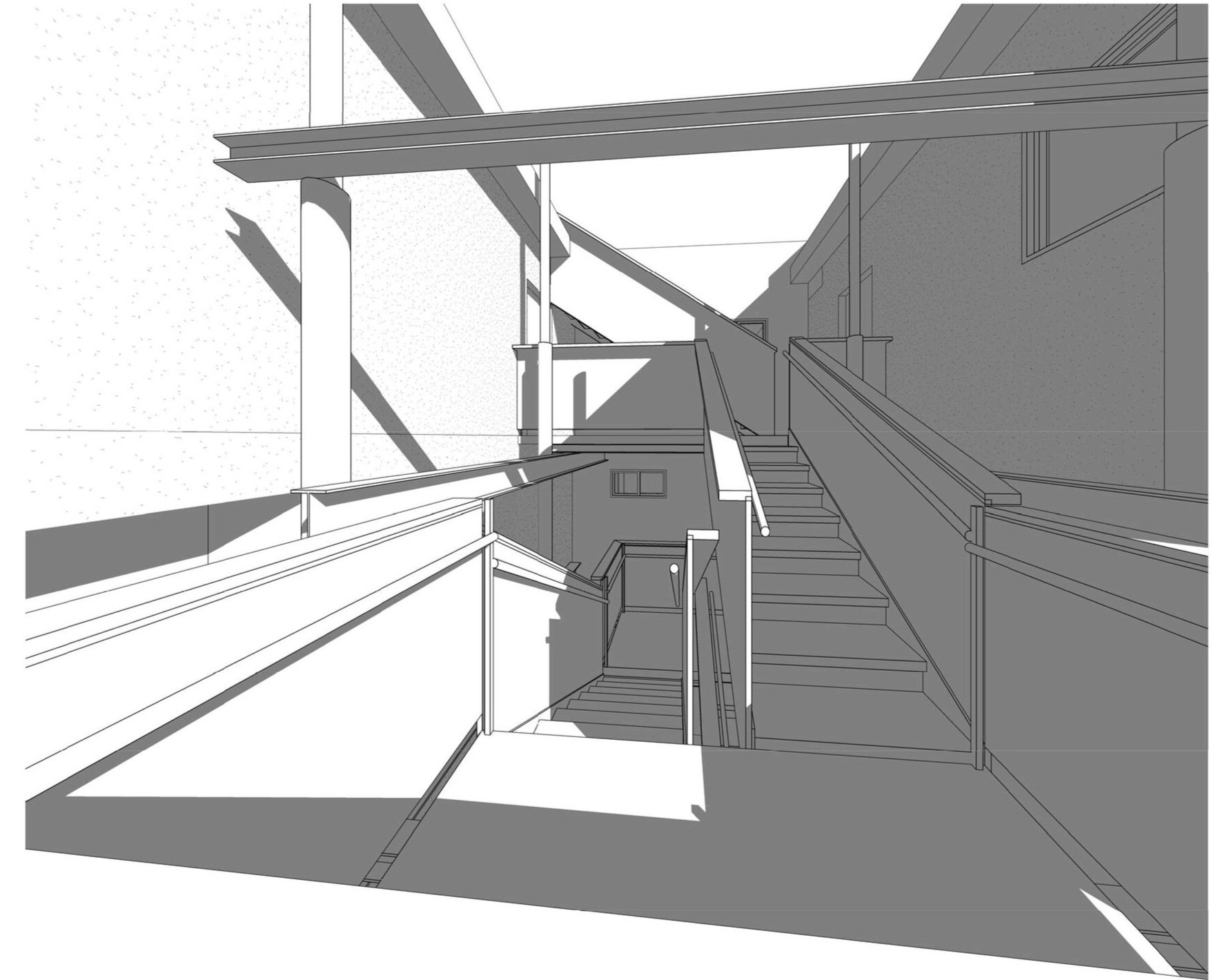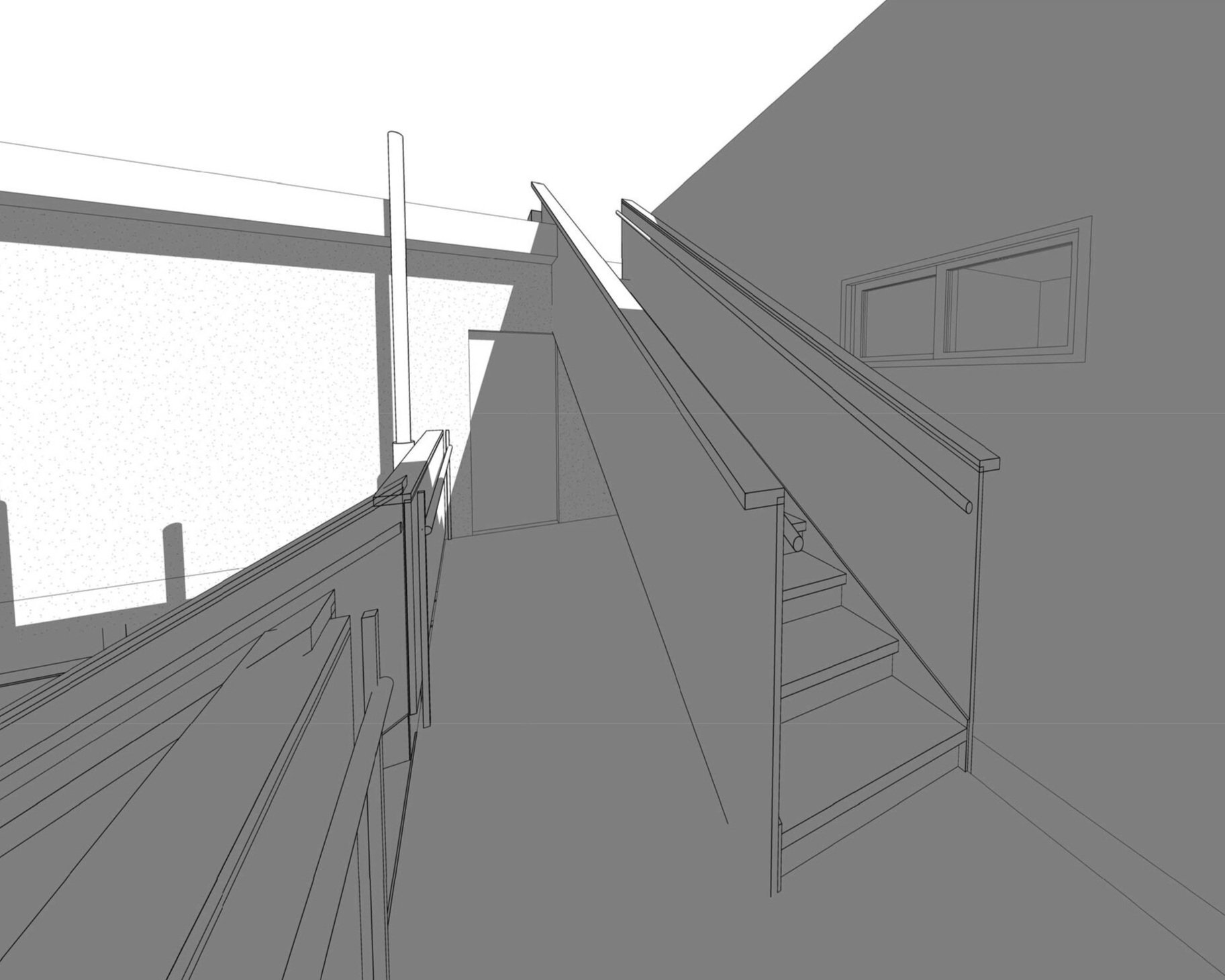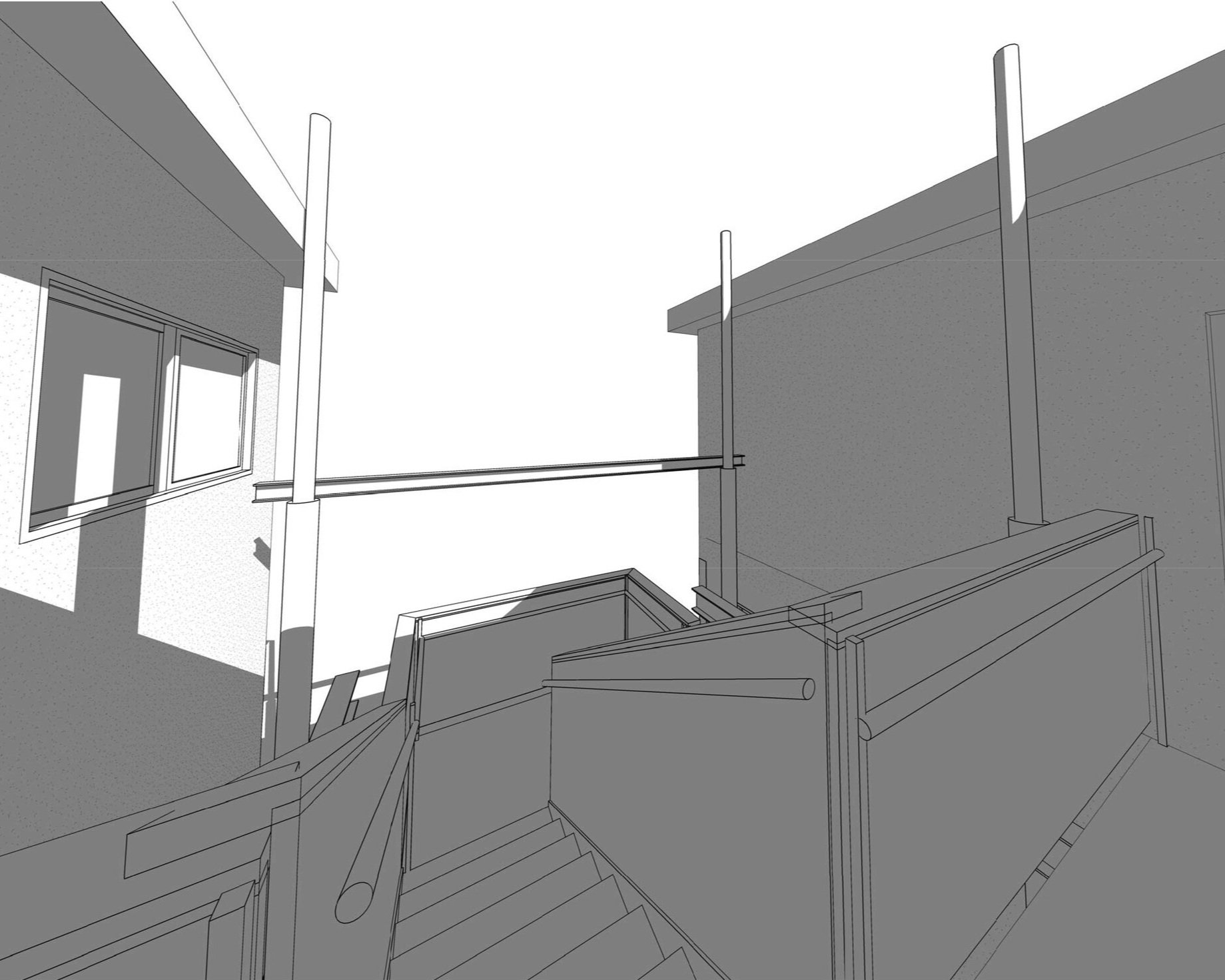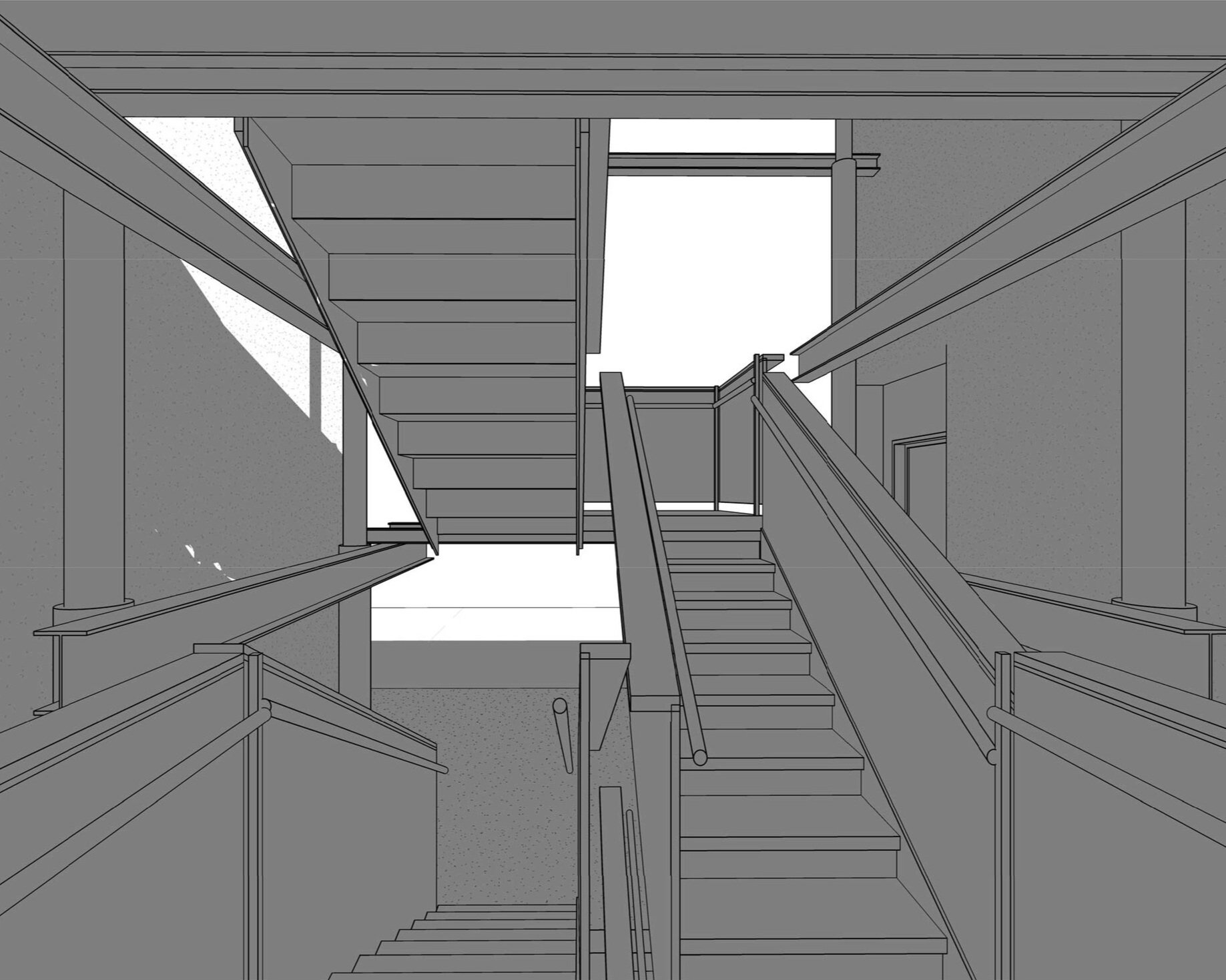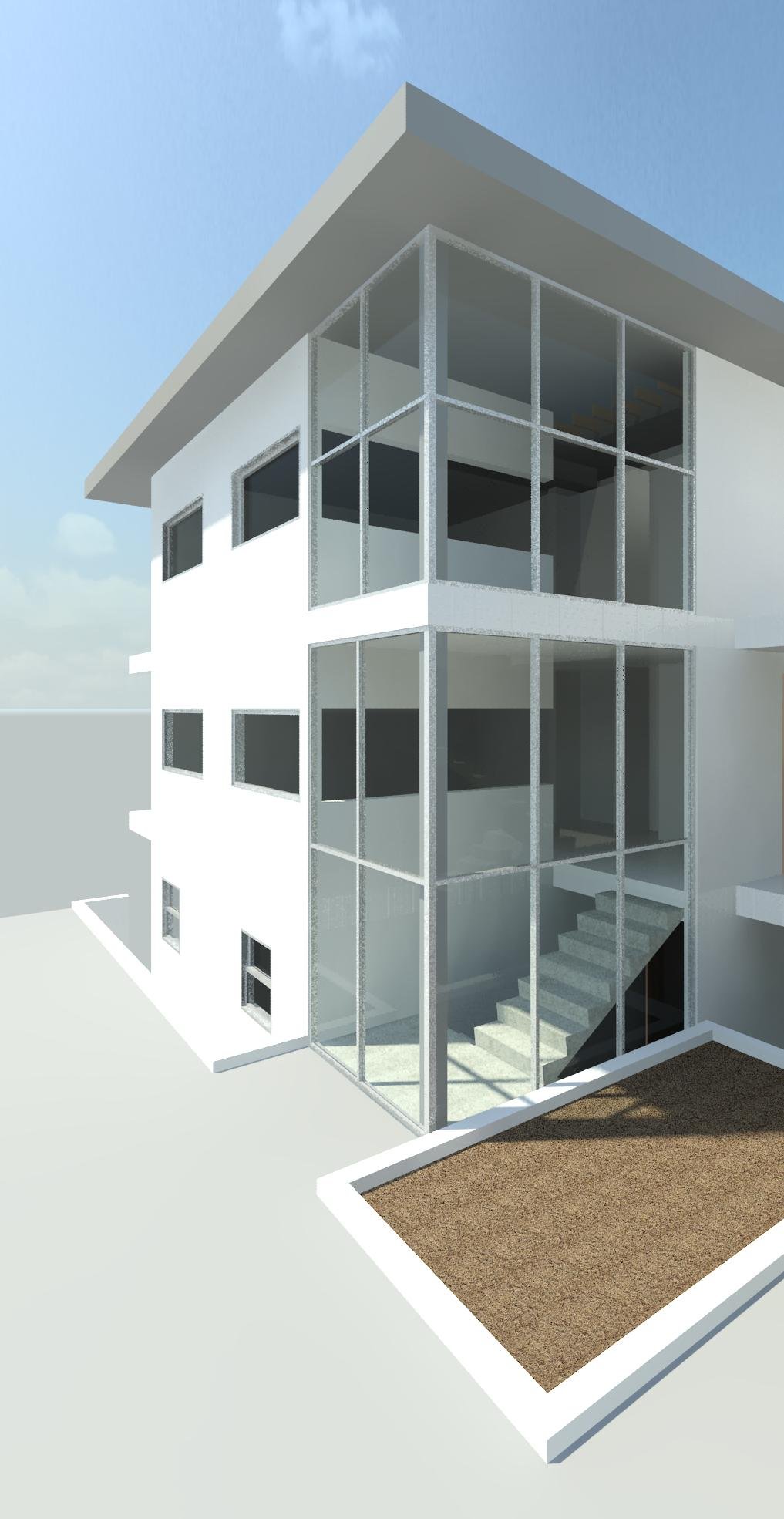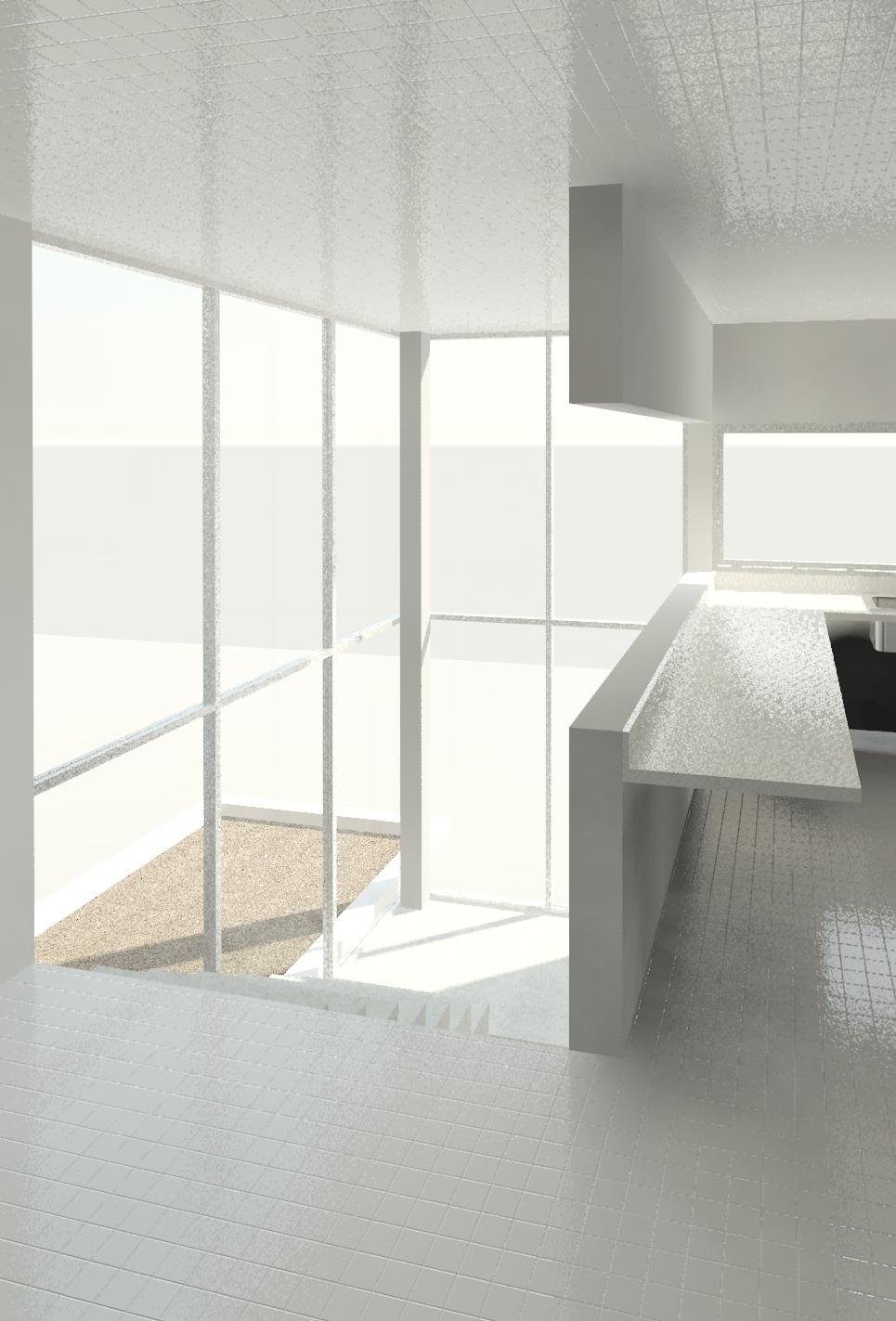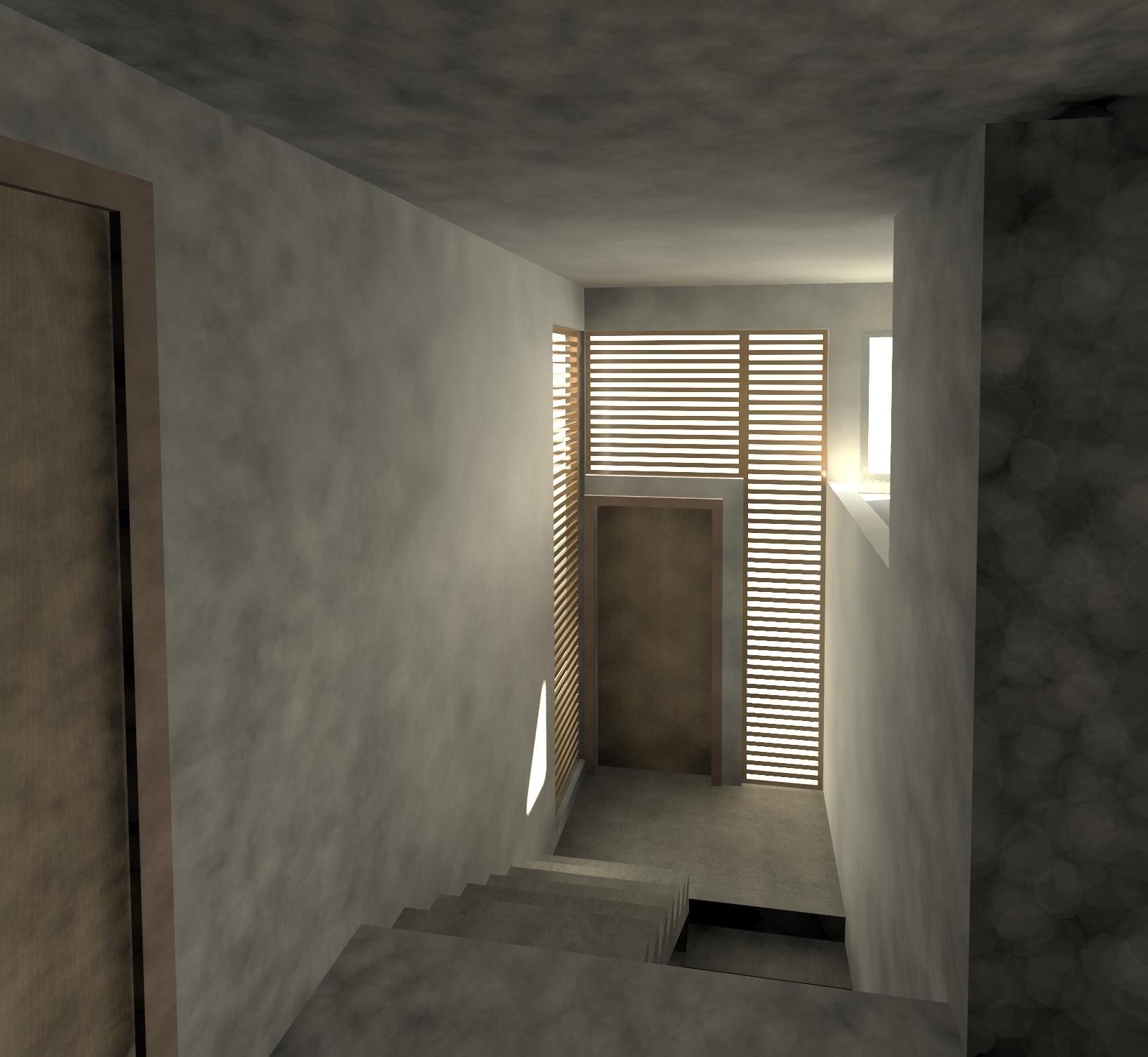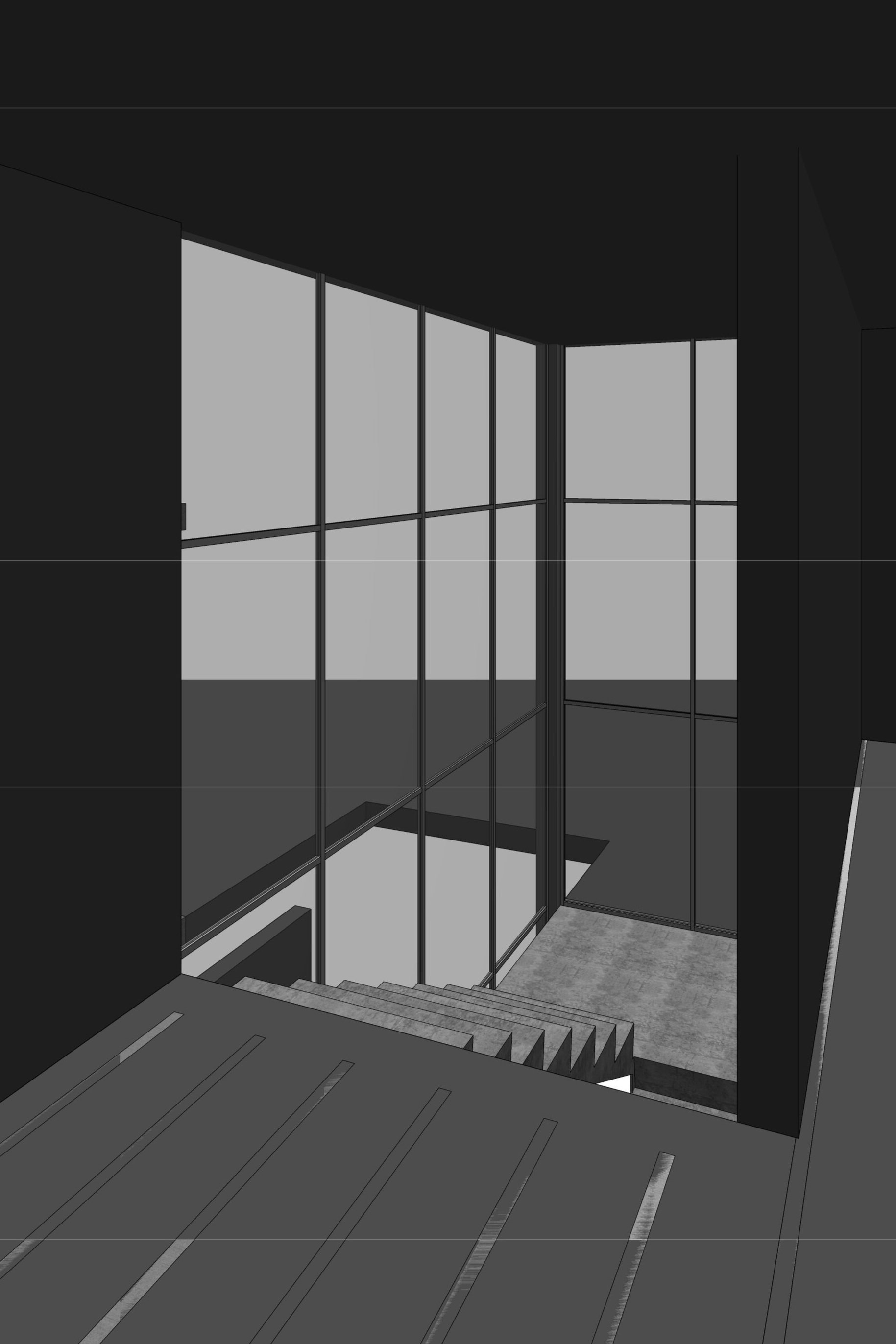CASE STUDY
BOCCACCIO
VENICE BEACH | LOS ANGELES, CA
The perception of what stairs mean in the sphere of architecture has been often defined as the artery of the building, connecting the threshold to the interior or exterior. The significance of the stairs has had its importance throughout history from religion to aesthetic connections it is meant to define a space of movement. Some of the earliest connotations of stairs can be seen in the ancient Maya’s stair design, which was decorated with heliographic symbols representing their captures, and enemies anointing Mayan people as superior as they climb up or down the stairs, they were stepping on them. Albeit the stair connection of the Mayans is a form of rising to the heavens as well that many secular denominations attach many of their beliefs.
Speaking about the ancient civilizations and religion Pallasma in Stair Ways of the Mind describes that many of the ancient societies were created to mimic a sense of elevation approached by many flights of stairs cumulating at a terrace. This same design approach has now been seen in modern architecture, where stairs are being used to recreate this effect of grandeur through artificial elevation for the aspect of power. A contrary example to this idea is Le Corbusier’s Chandigarh as the absence of stairs removes the animosity of power and brings it down to the level of the common man, allowing for people to have direct access to their government. Riving the ideas of how stairs could elevate the presumption of power or equated to those with less or none whatsoever.
The concept of the project looks at stairs as a form of space and indulgence of aspiring to be greater than what they are meant to be. To look at the past of what stairs mean and the goals for which they were made and reframe the dialog of what stairs are through top to bottom design which not only connects all the aspects of the household but as well it works to be social and programmatically aware.

